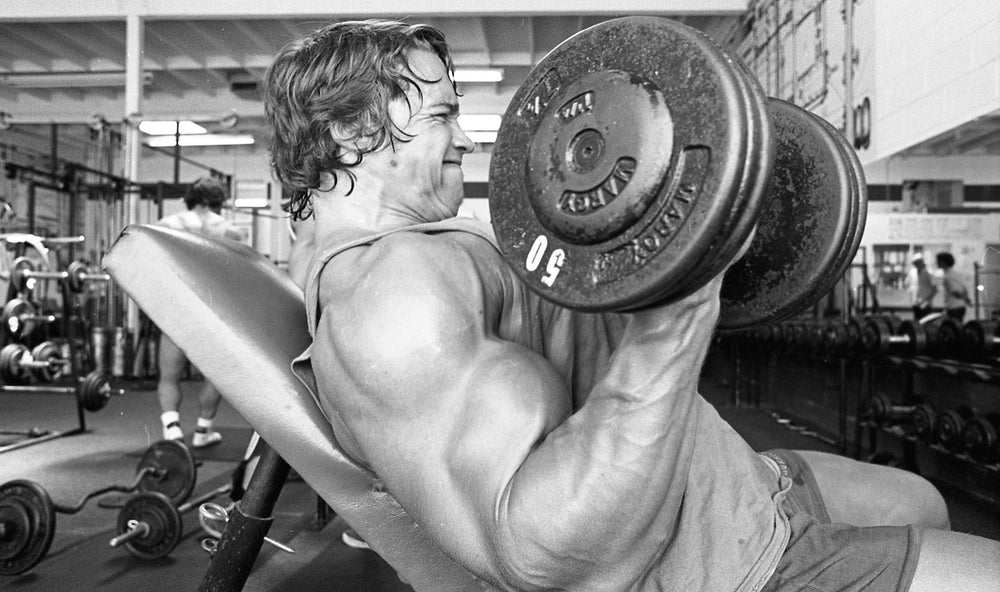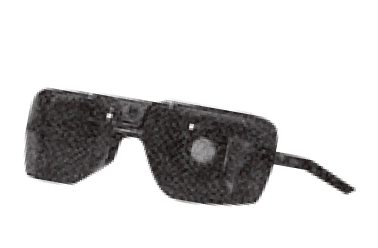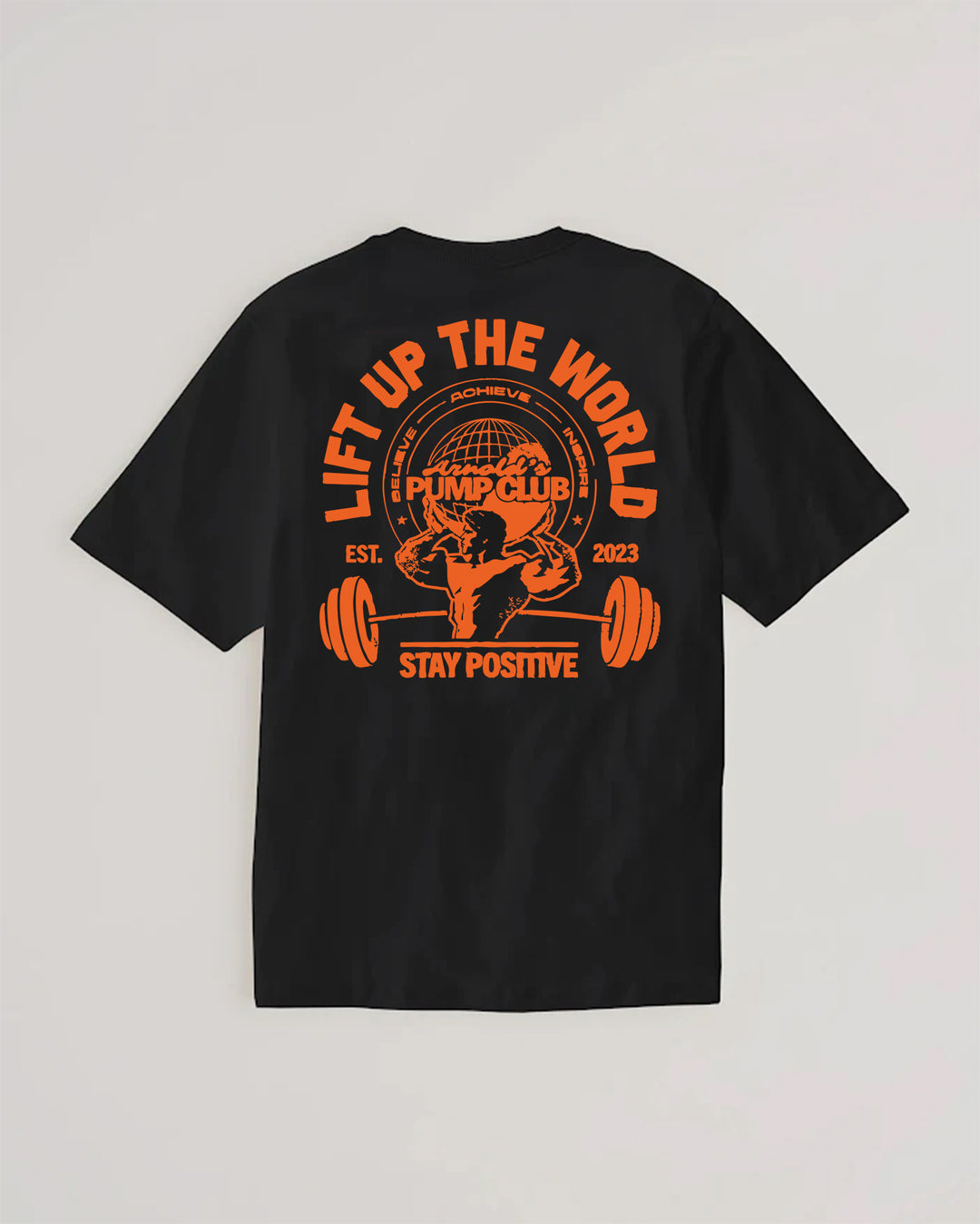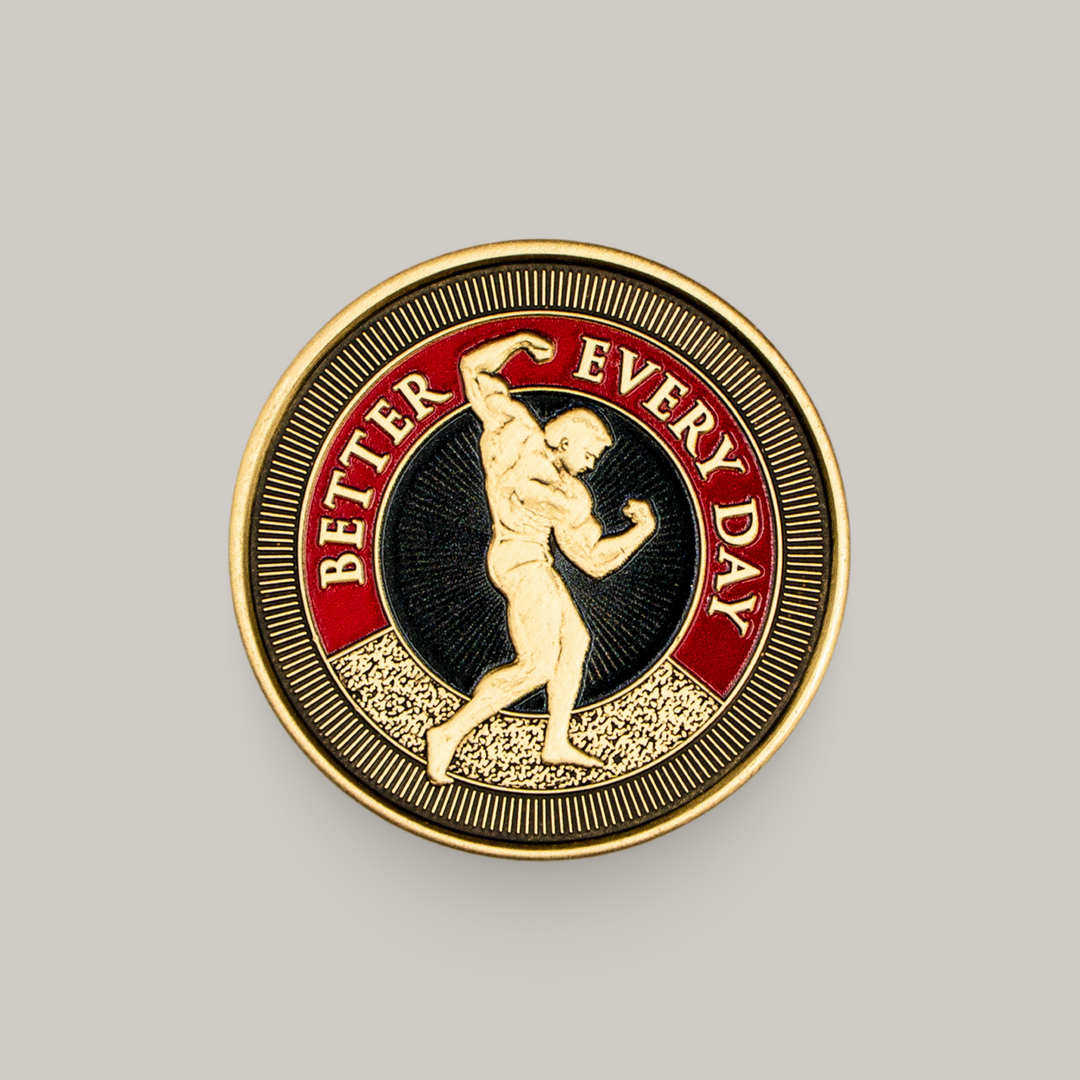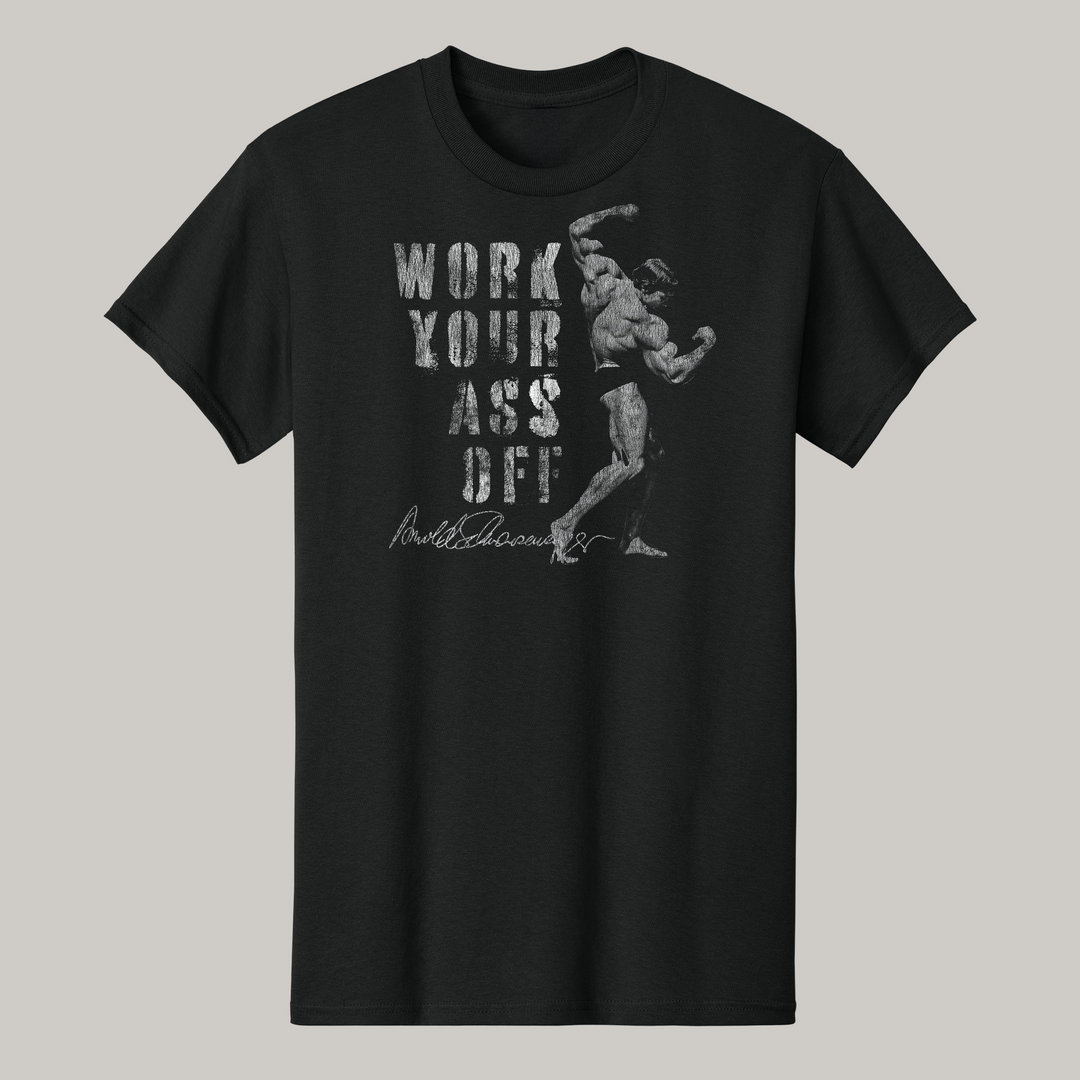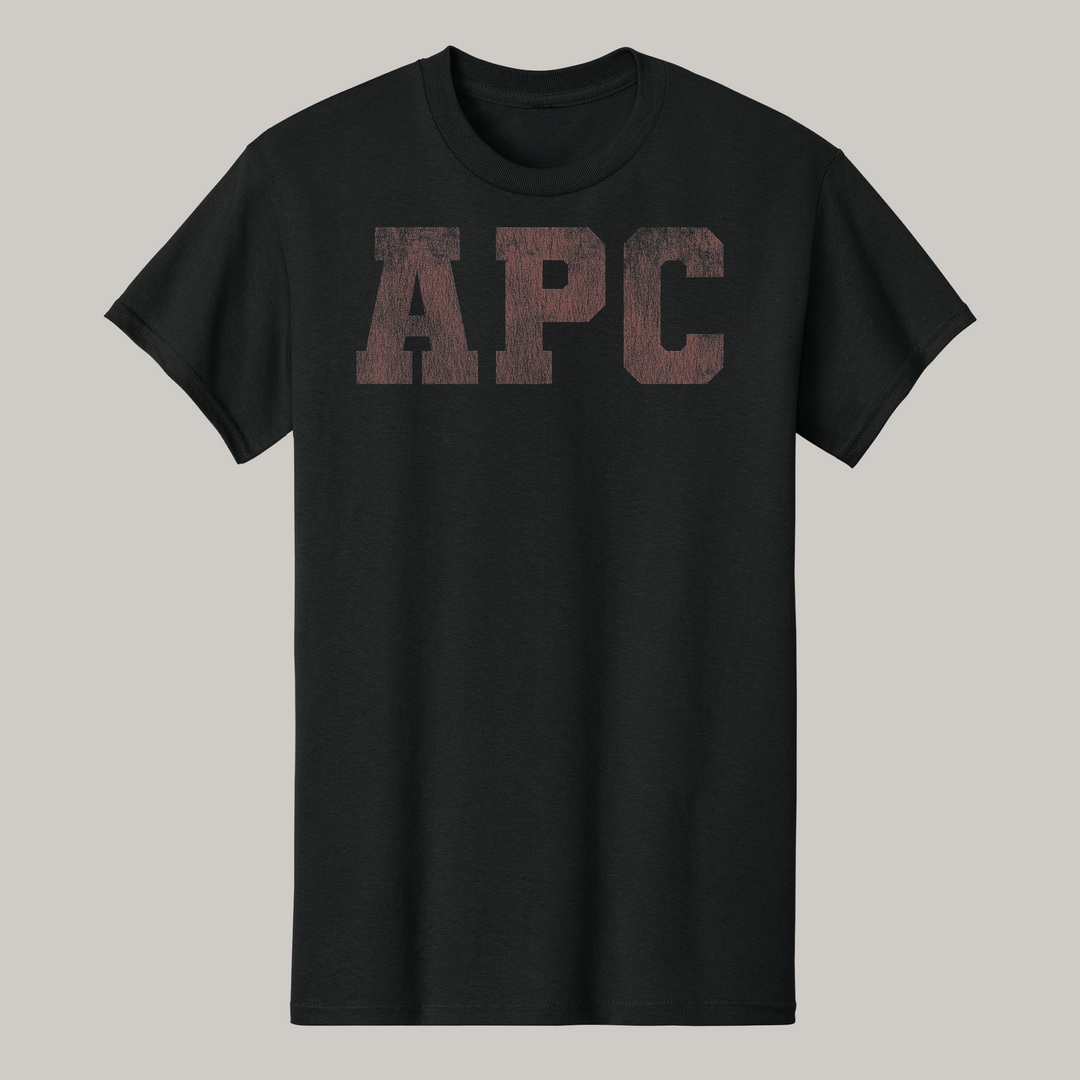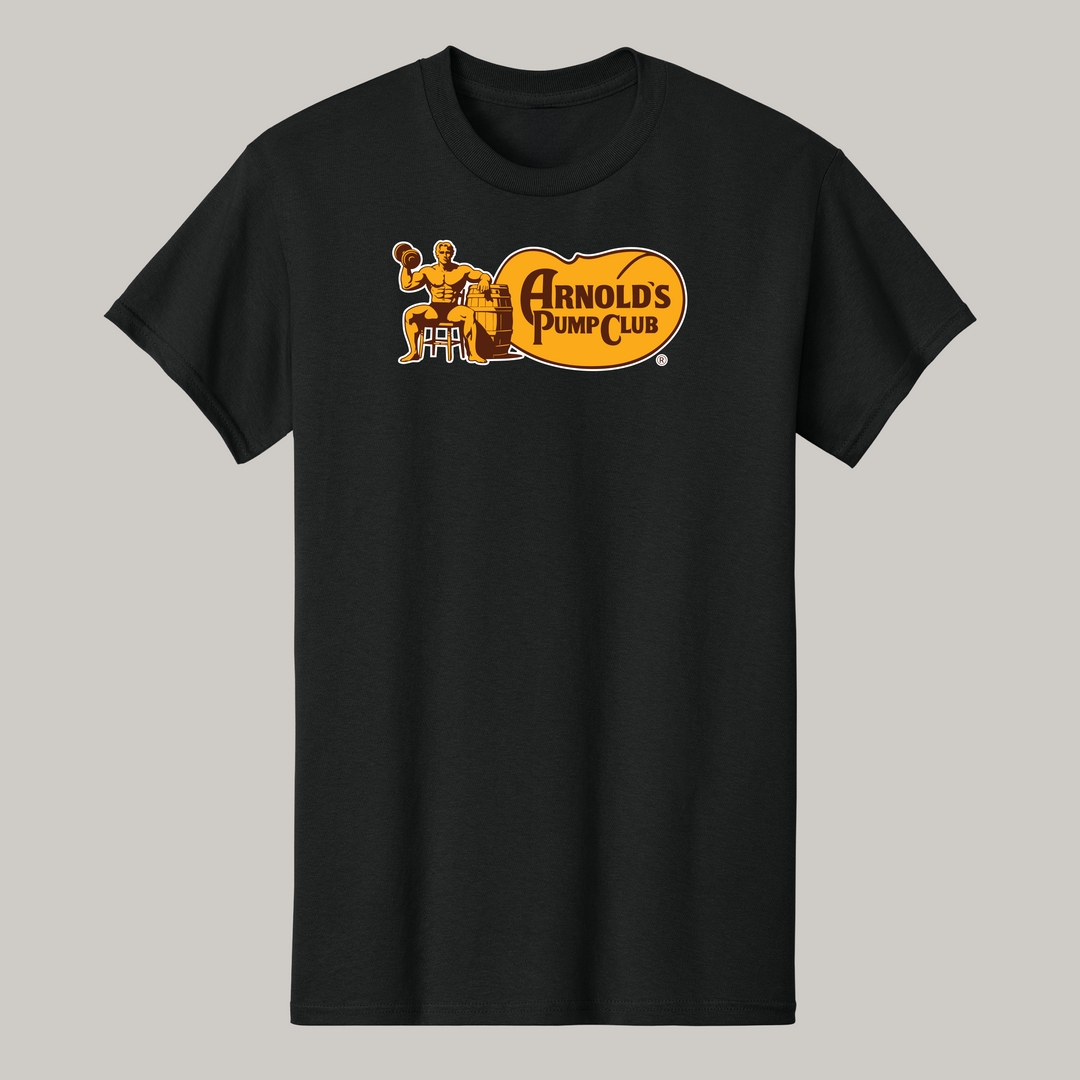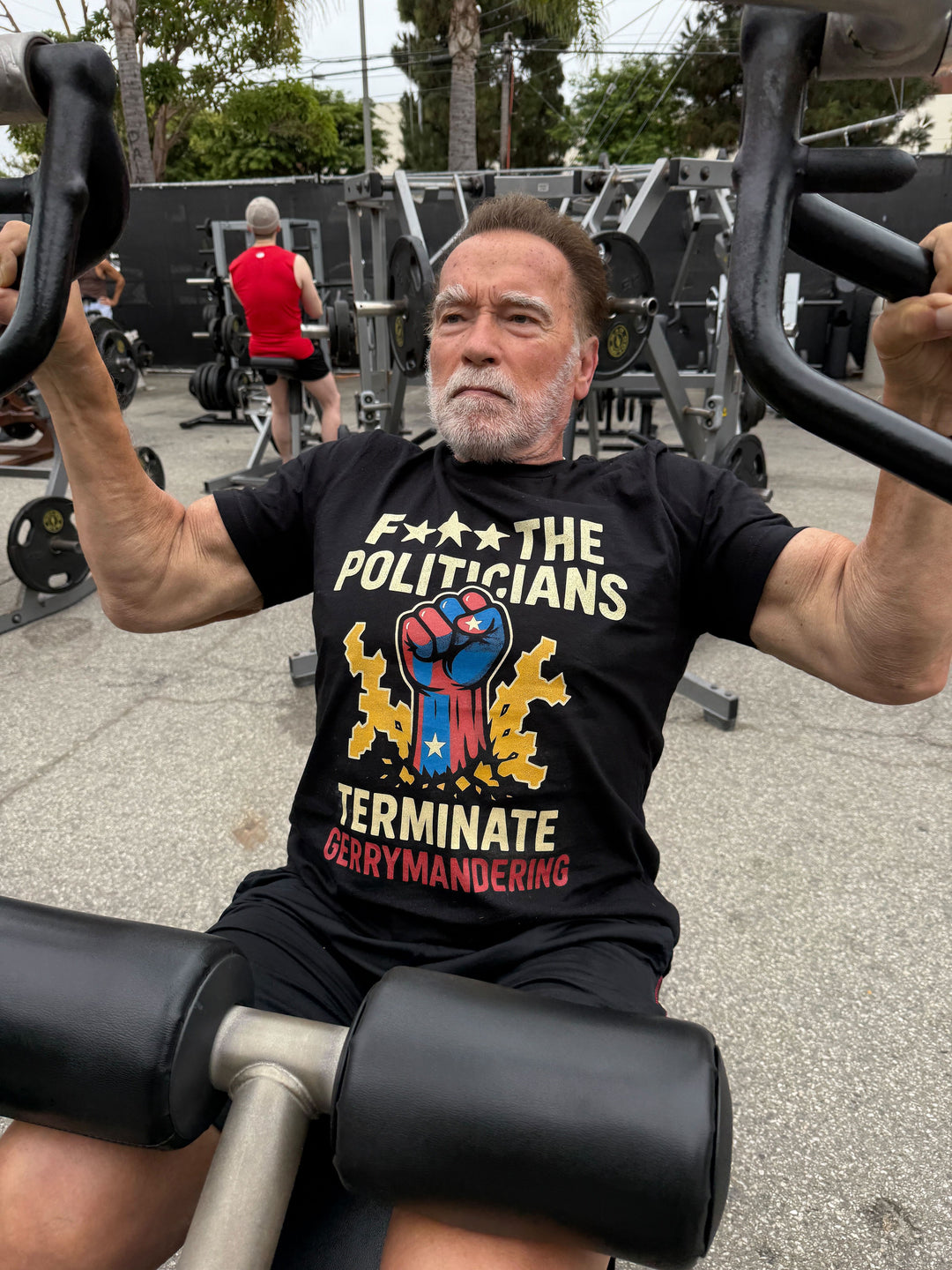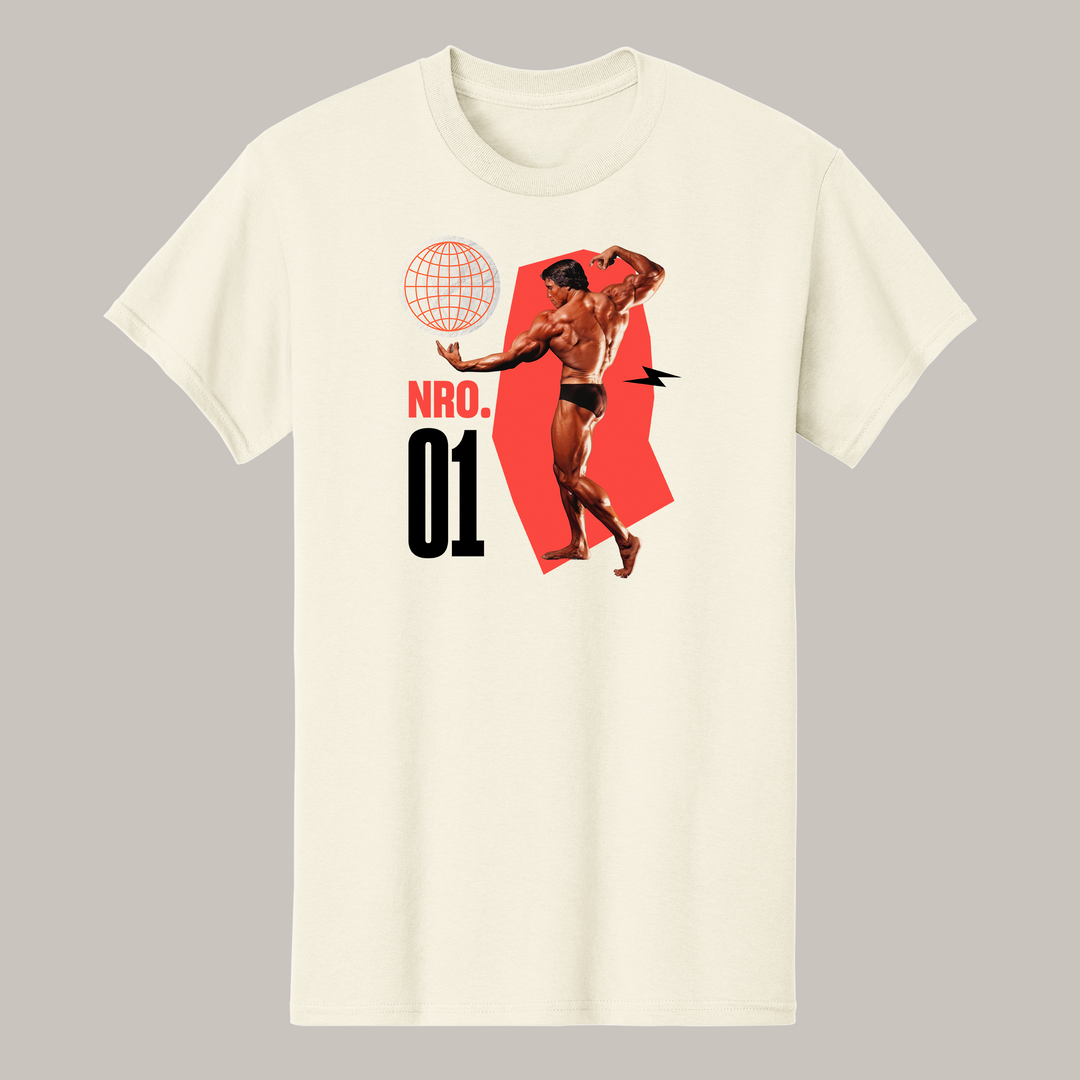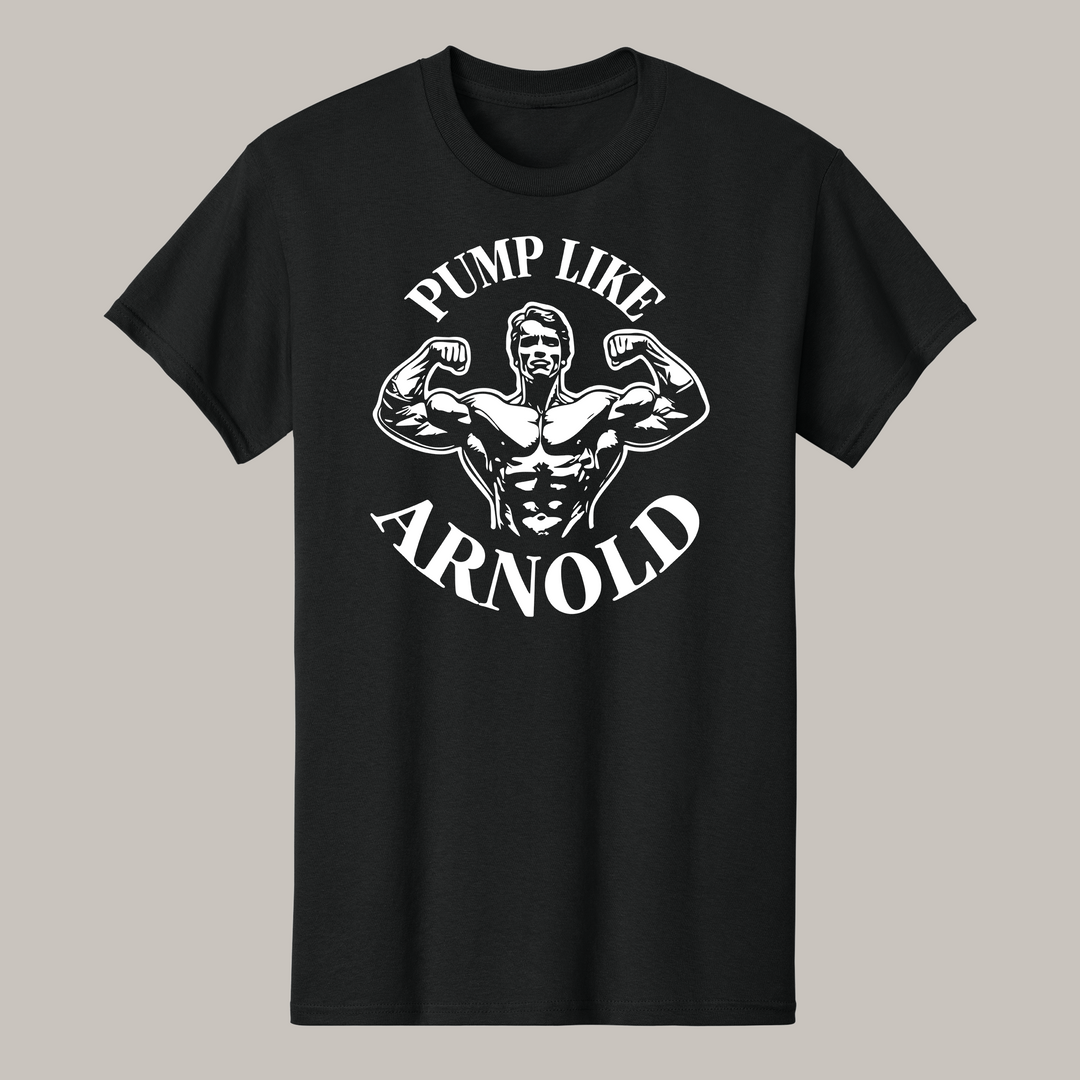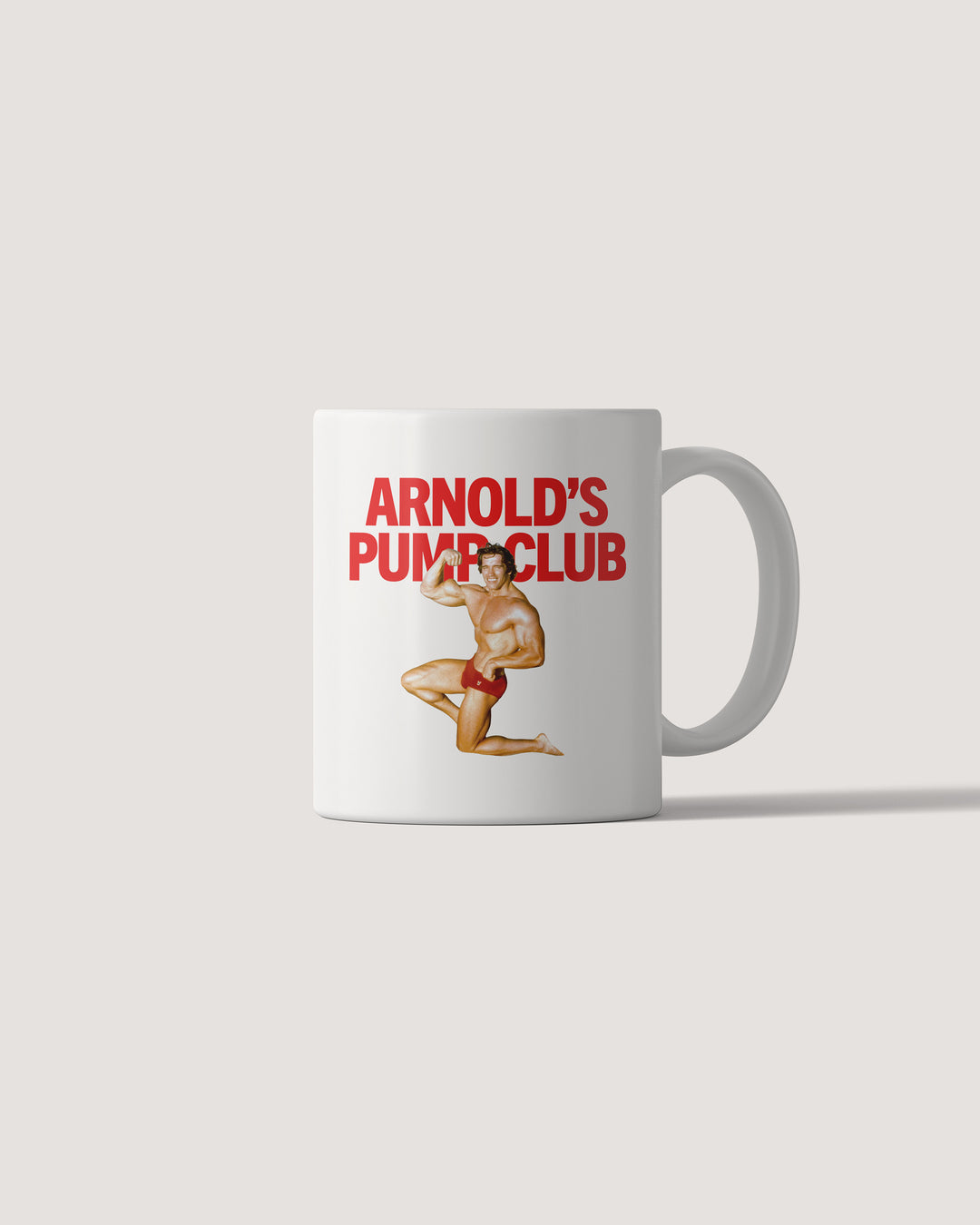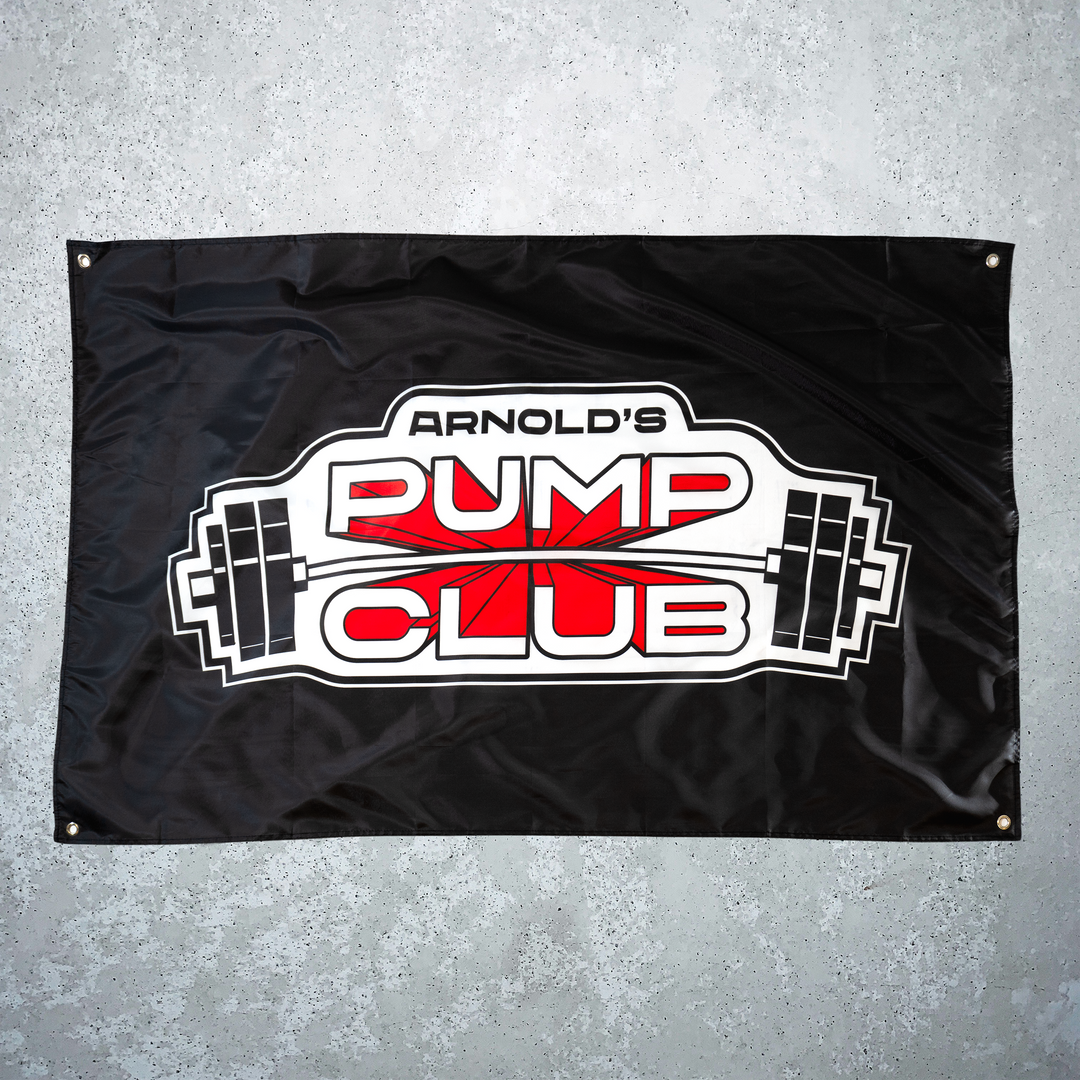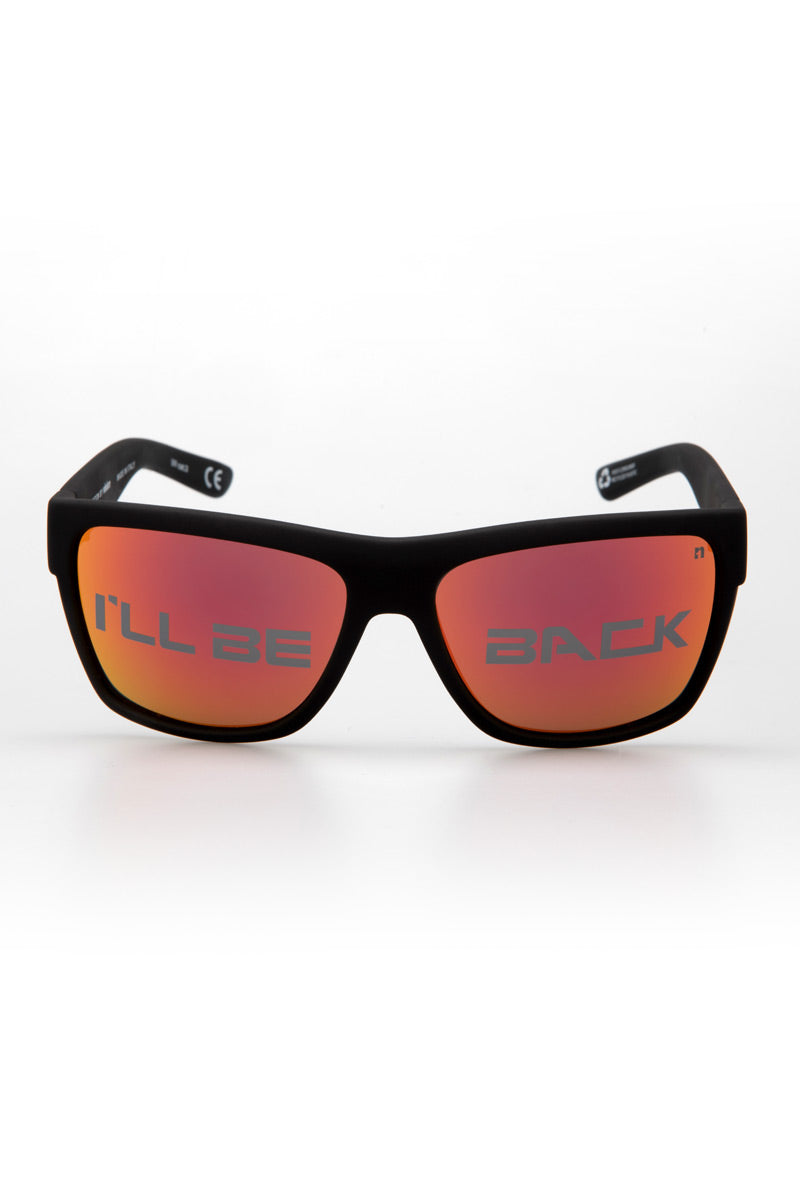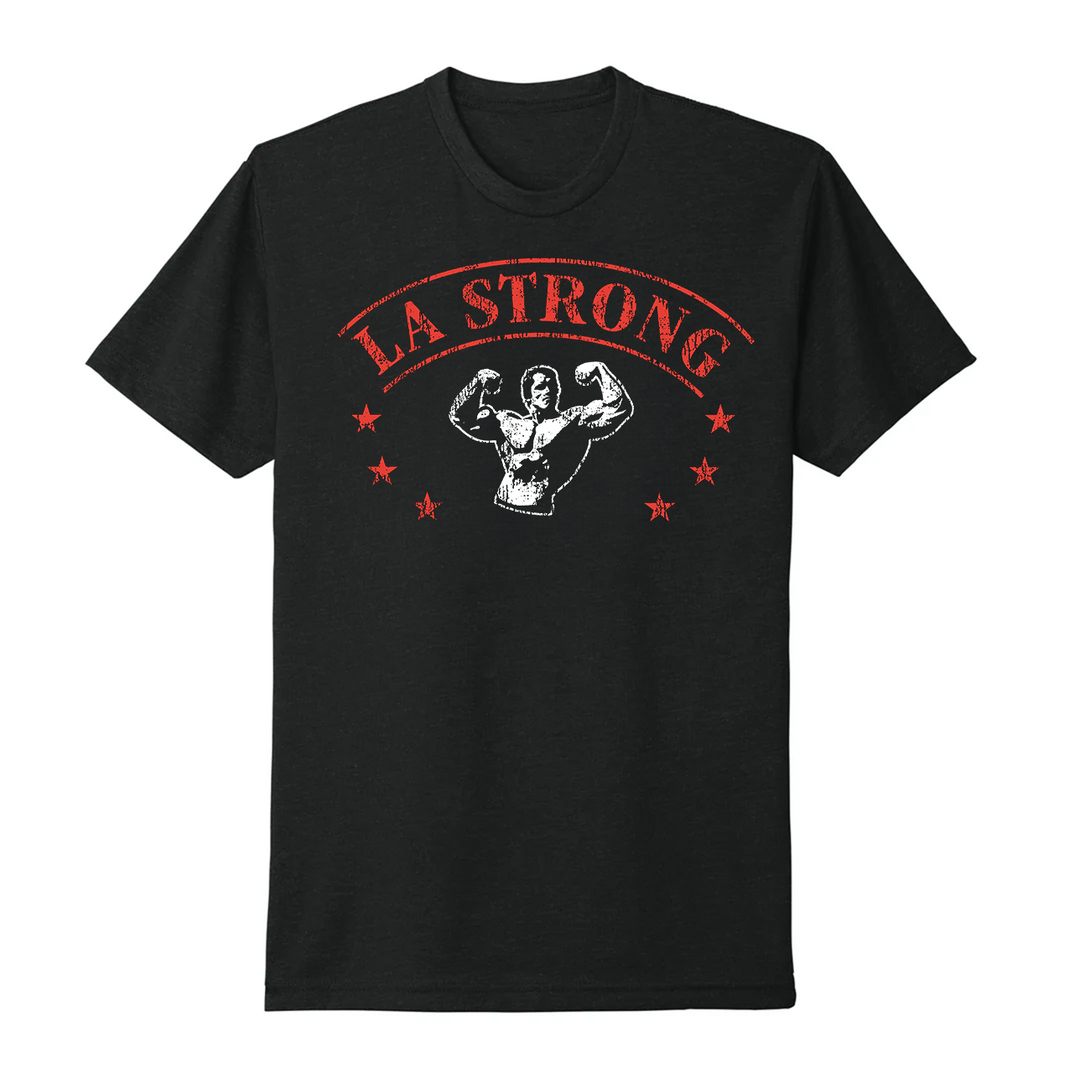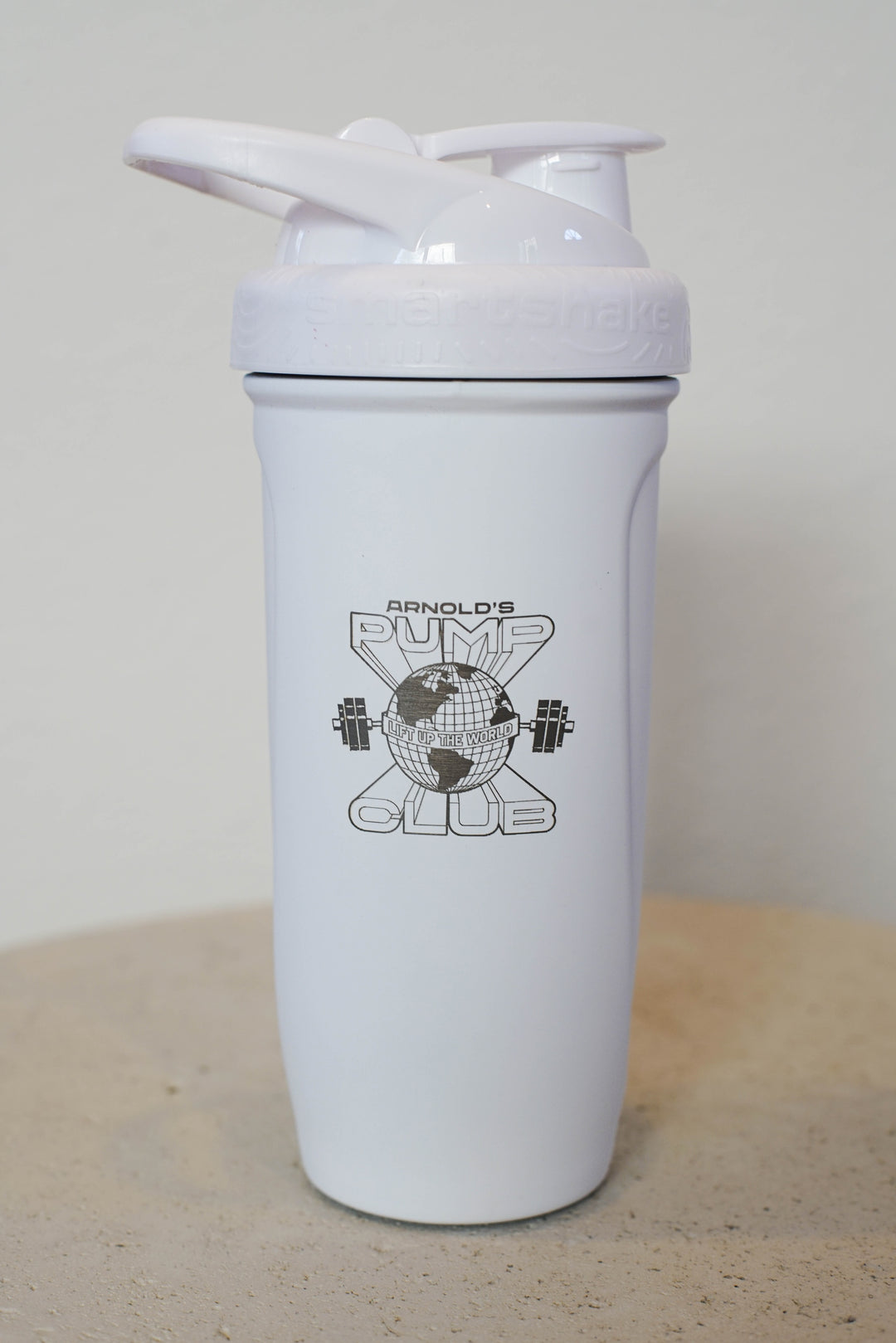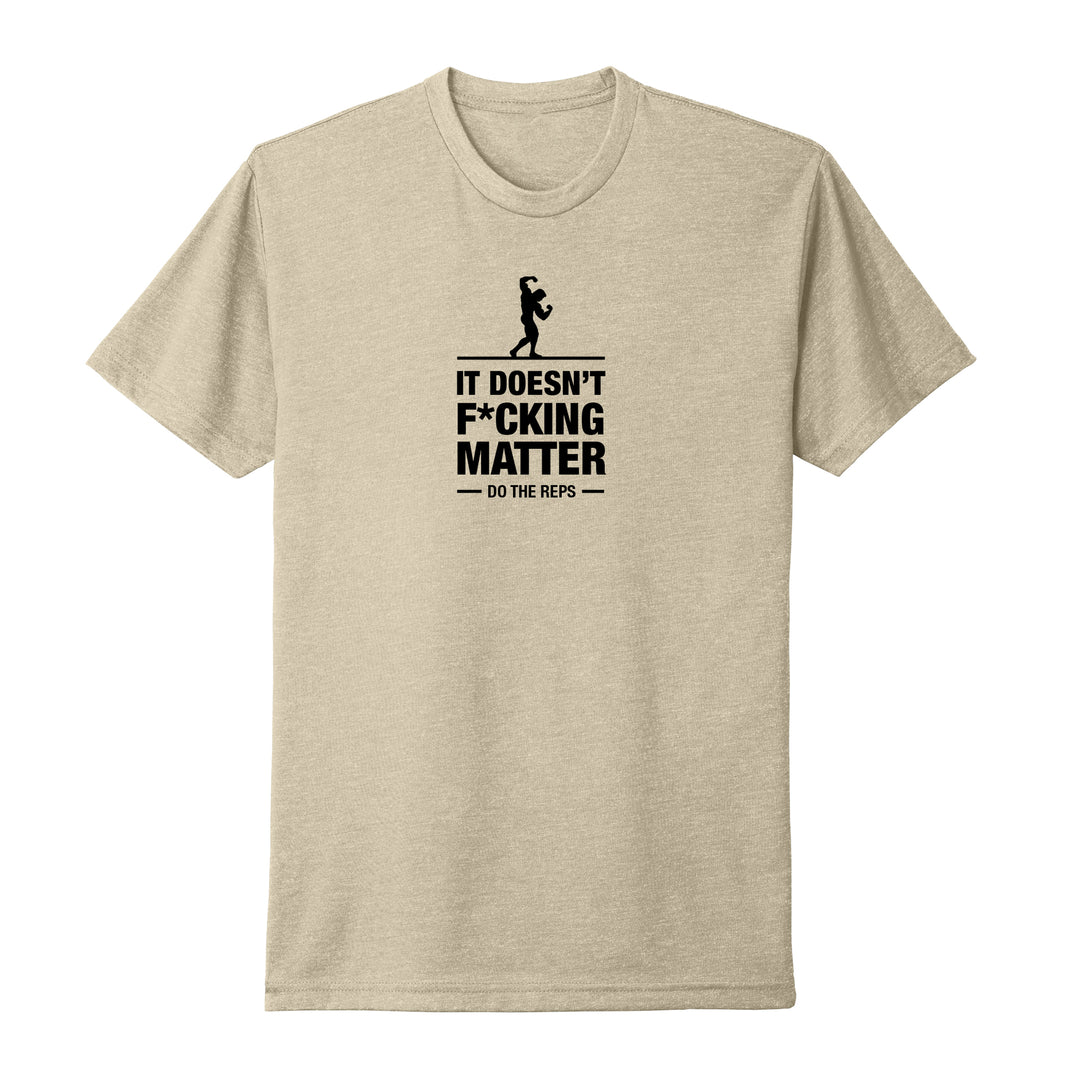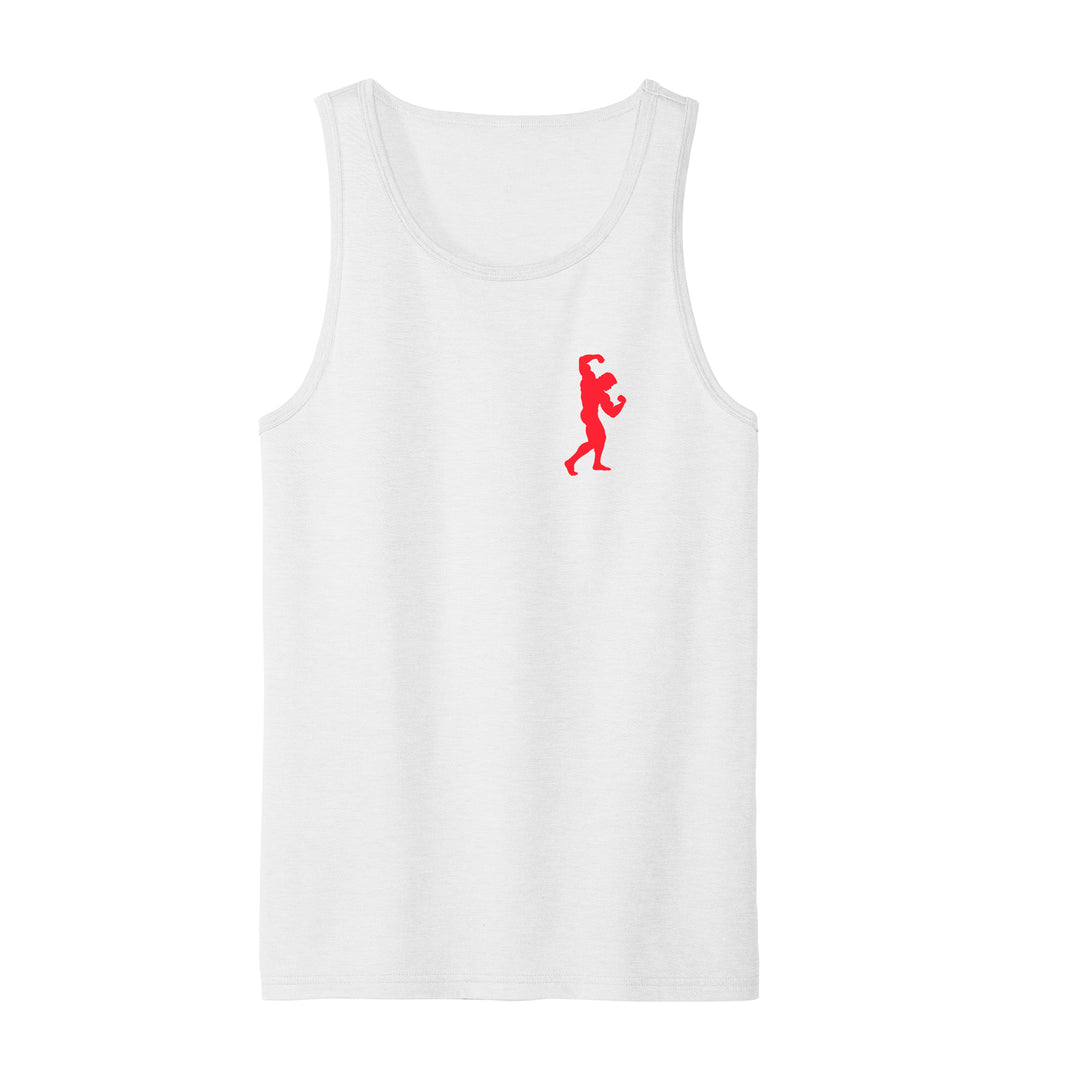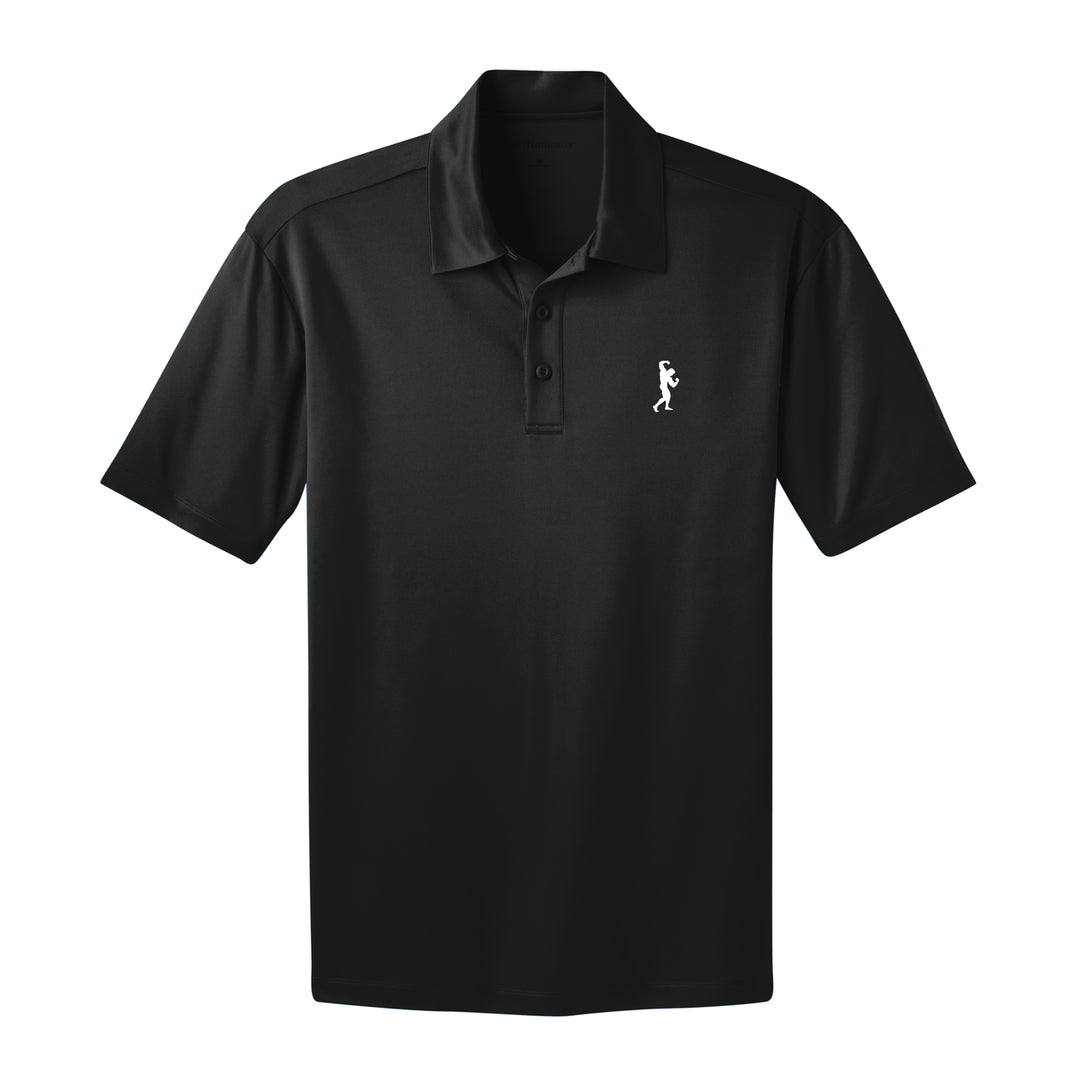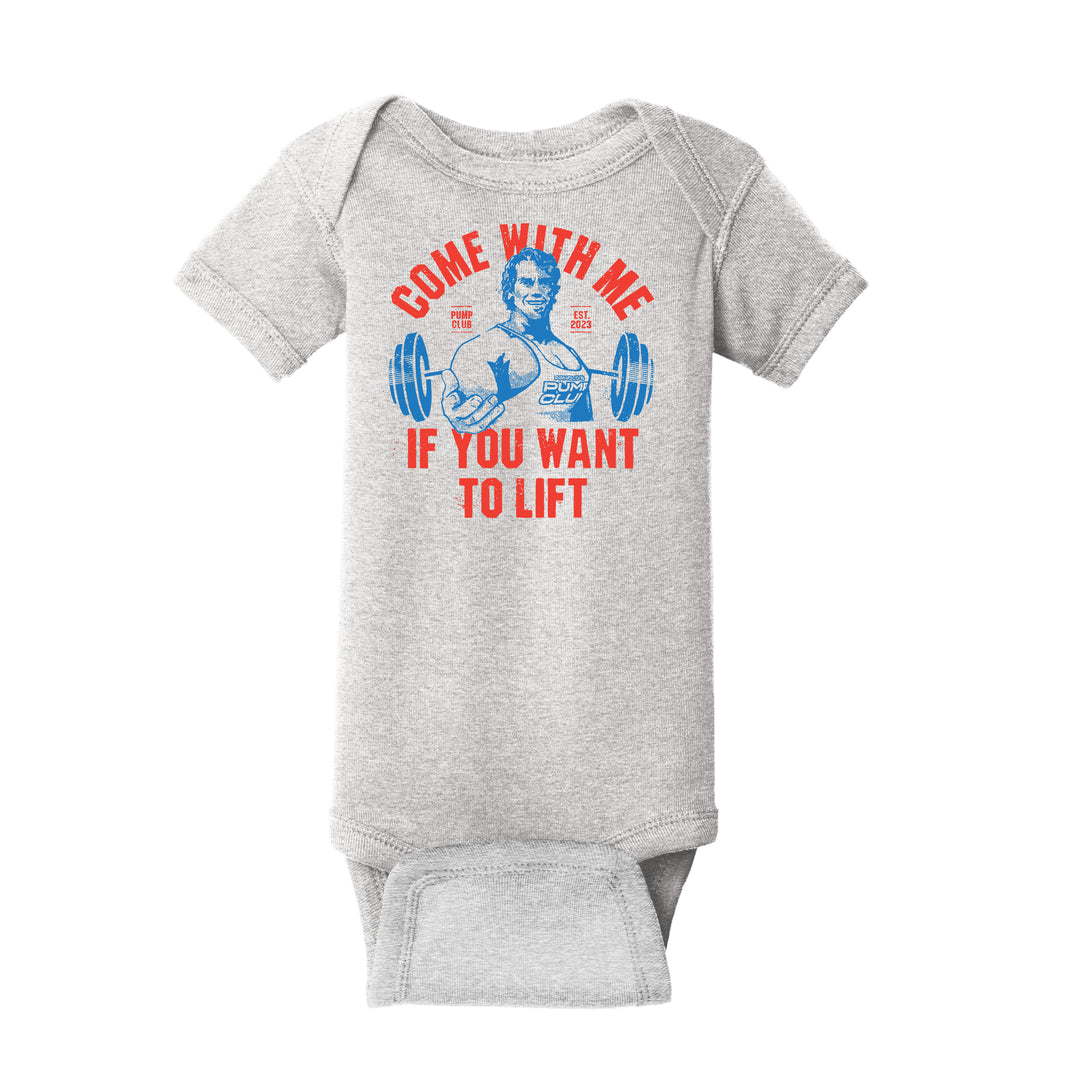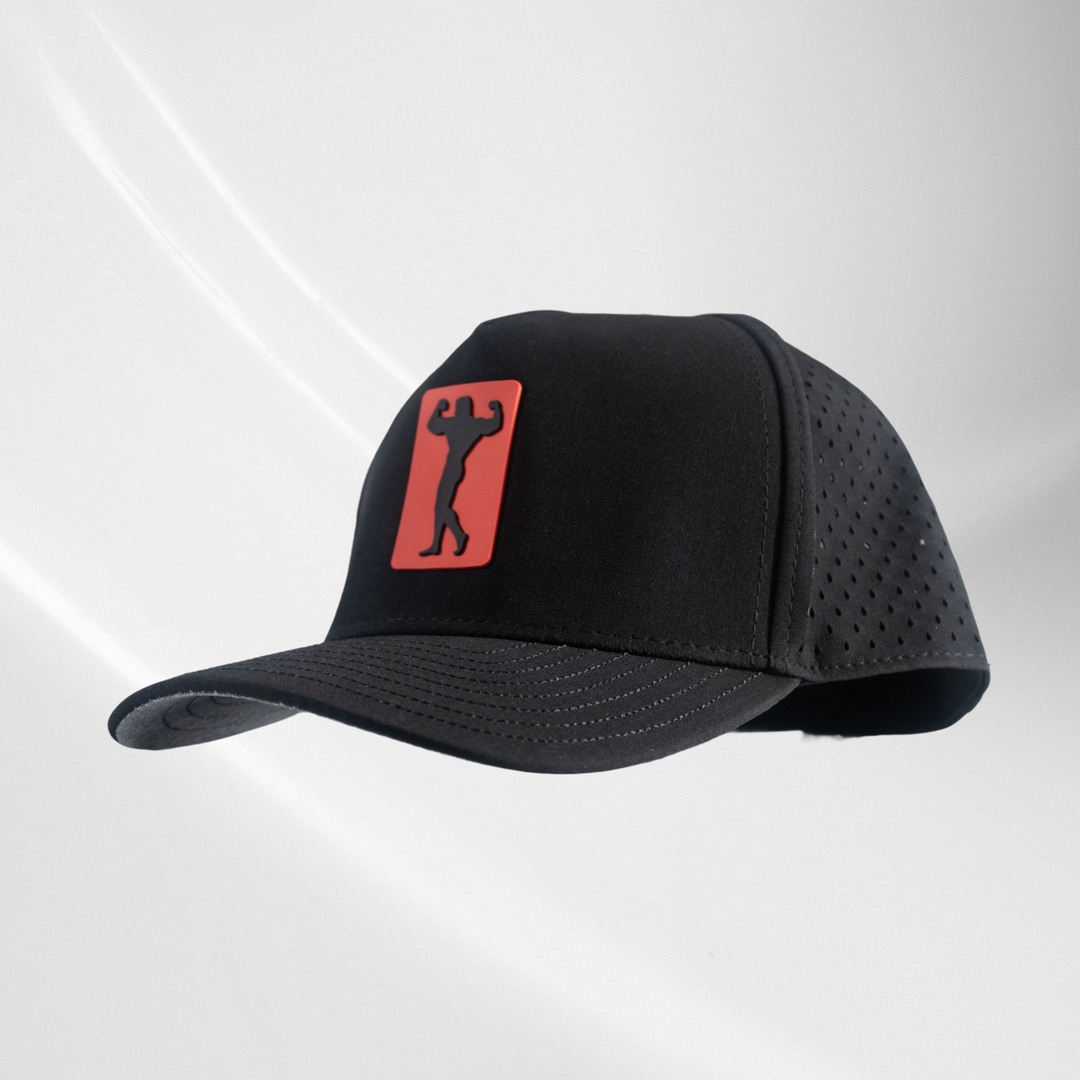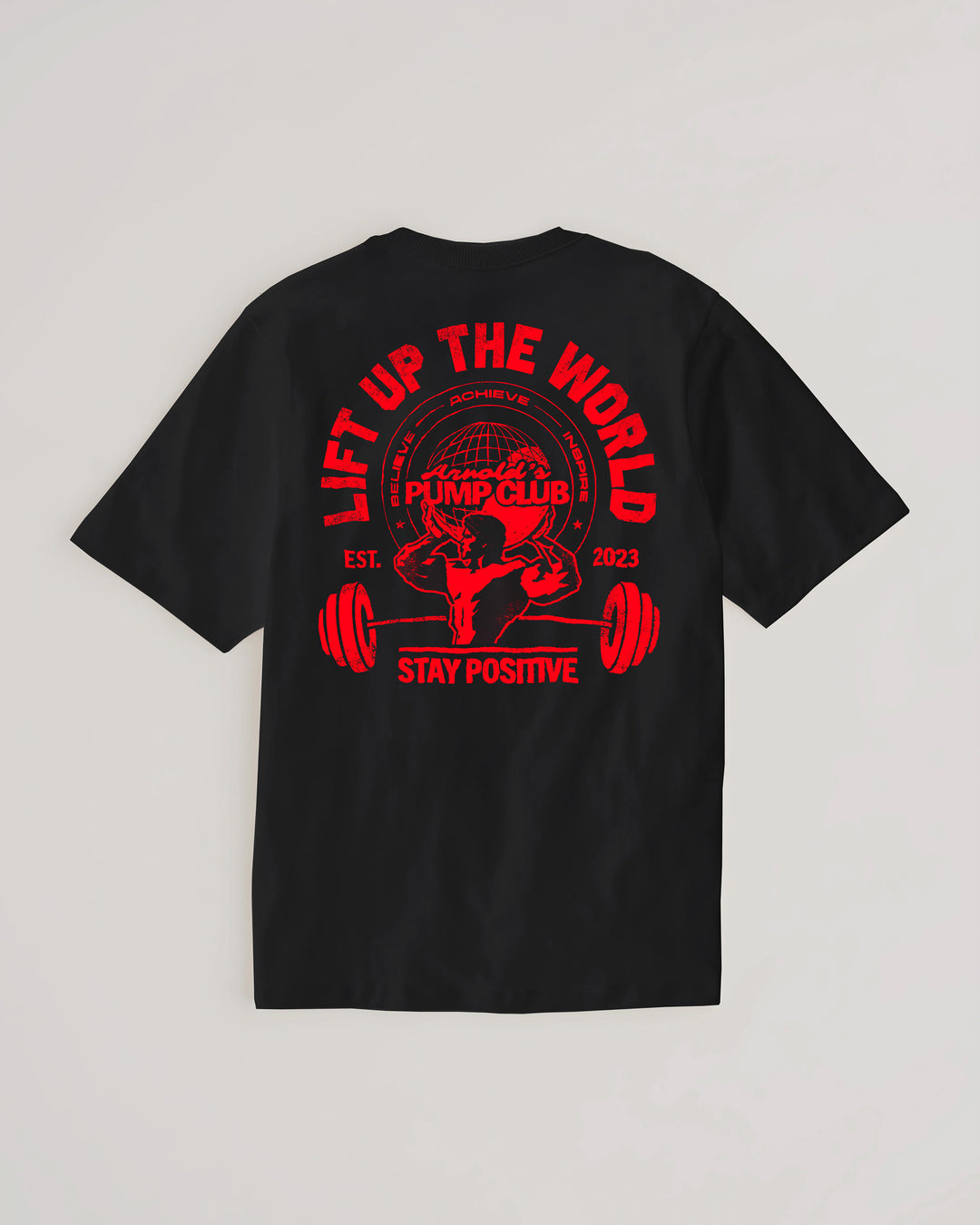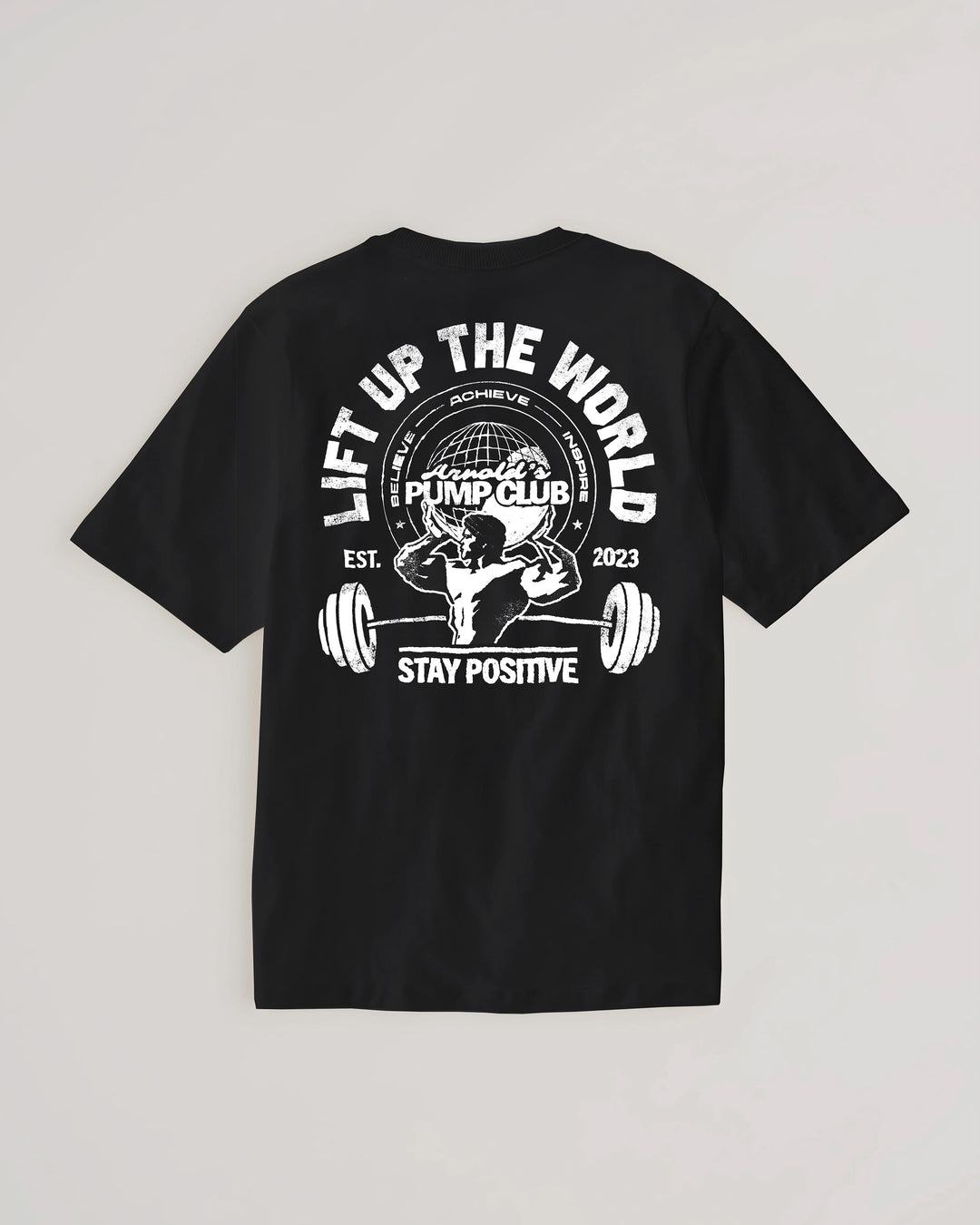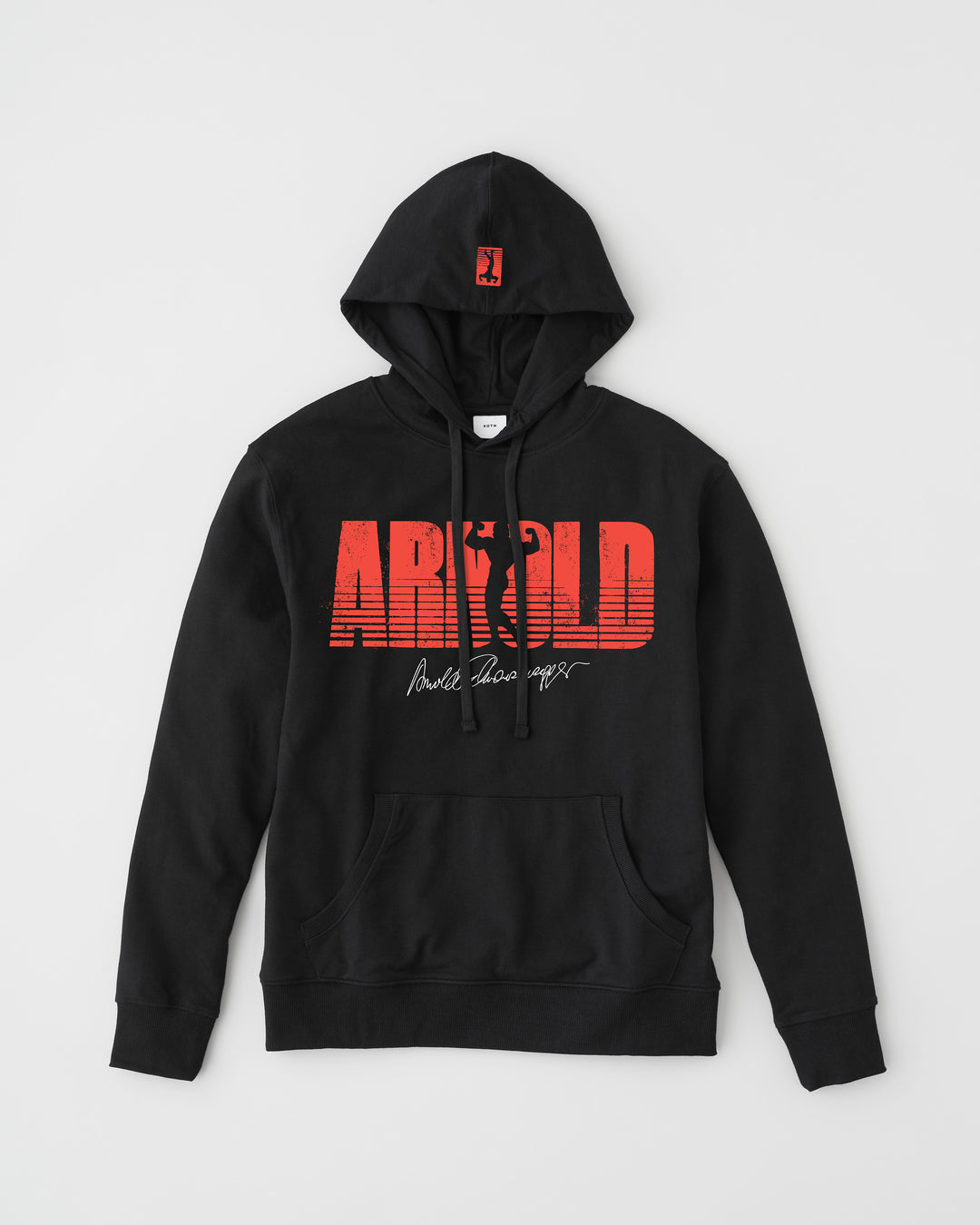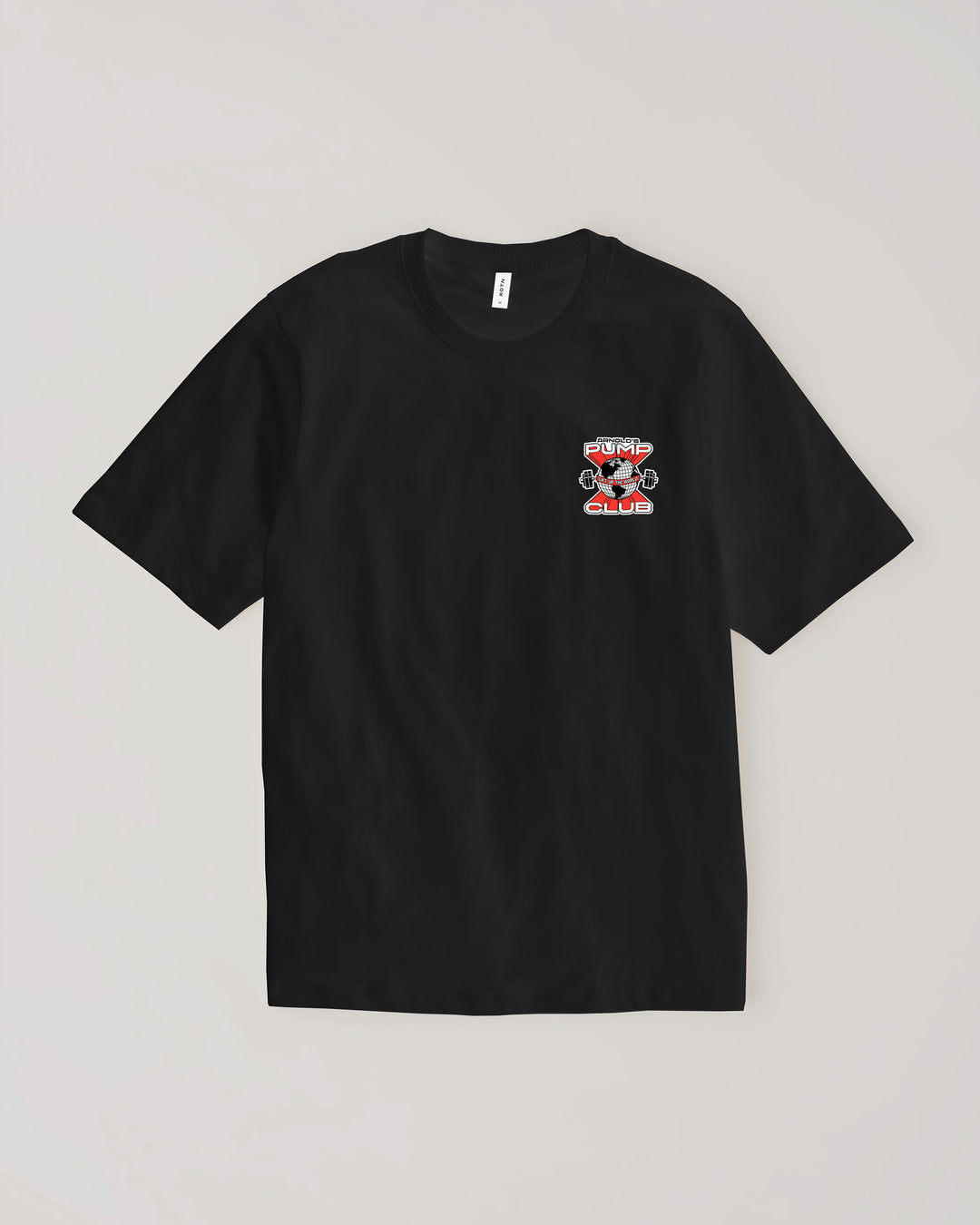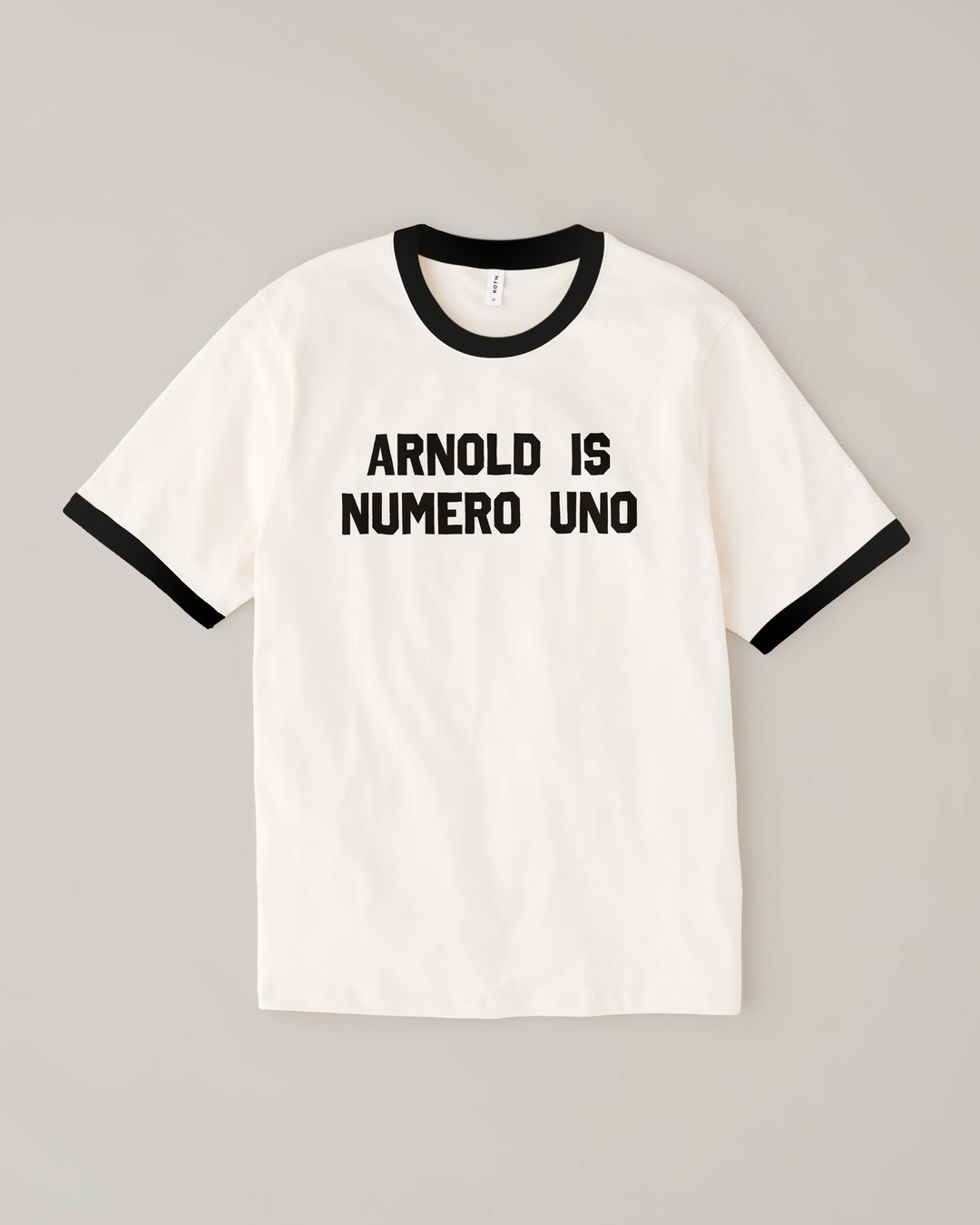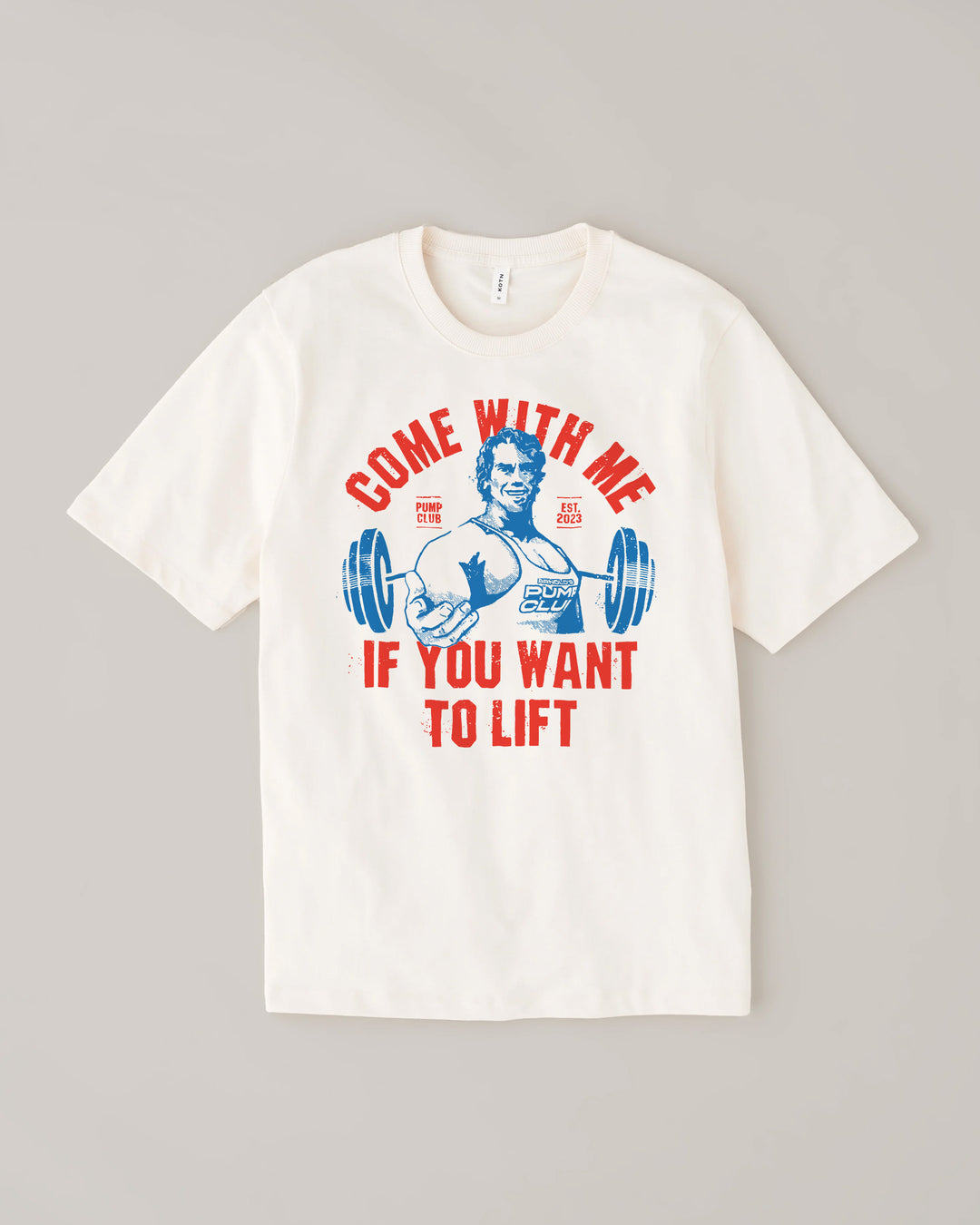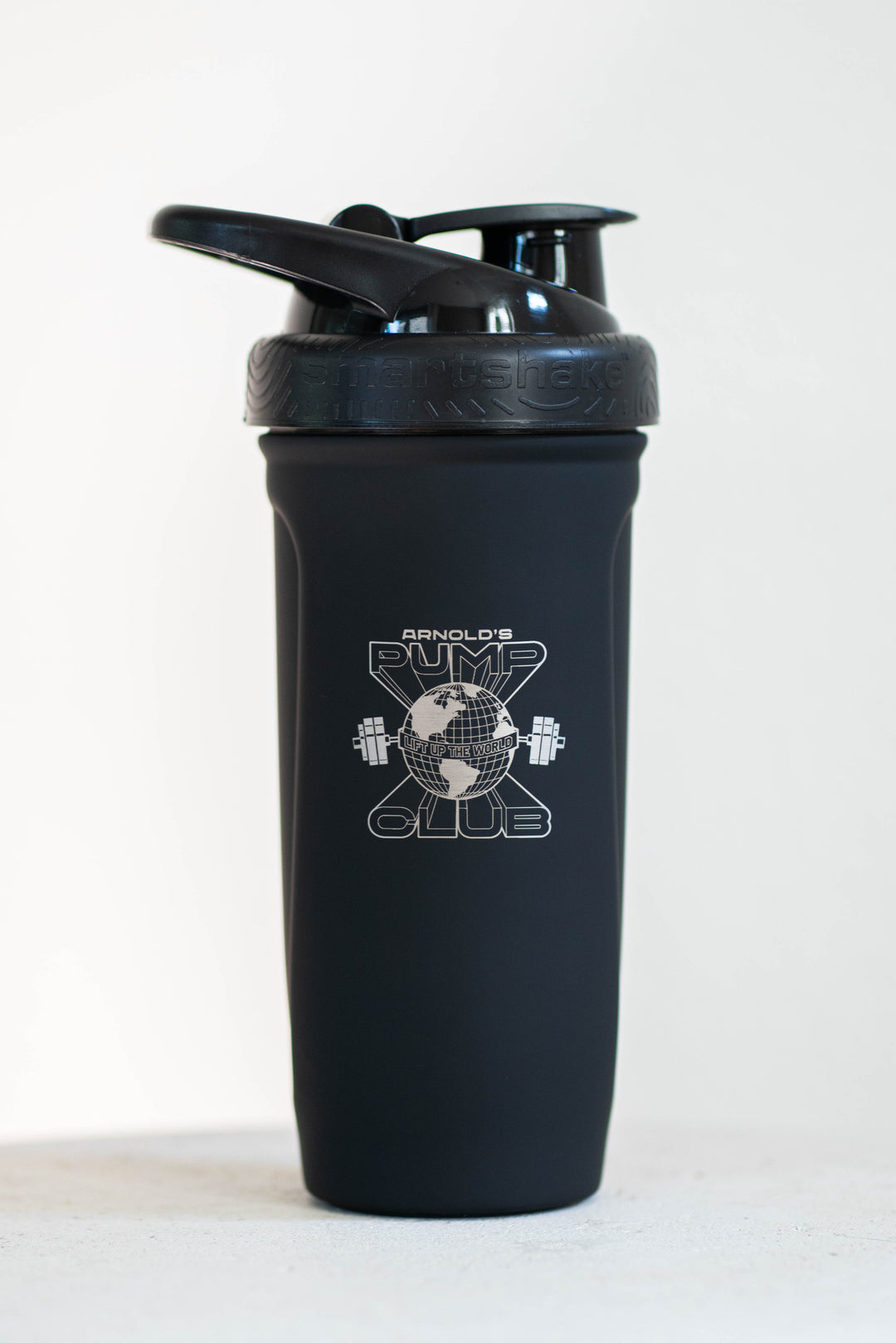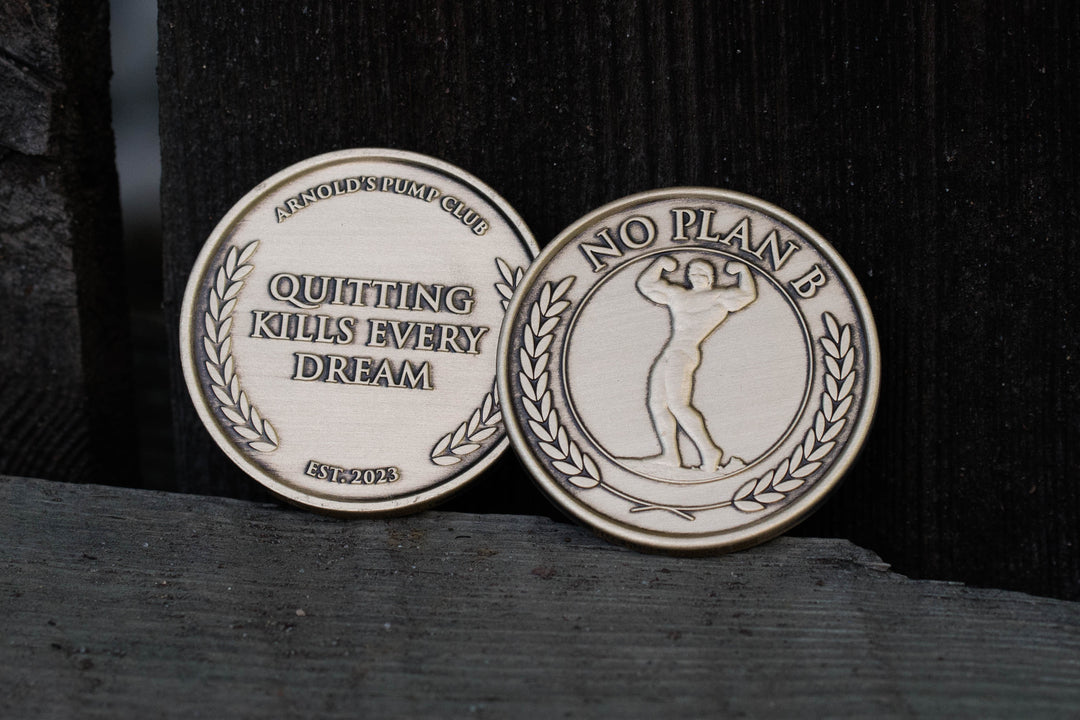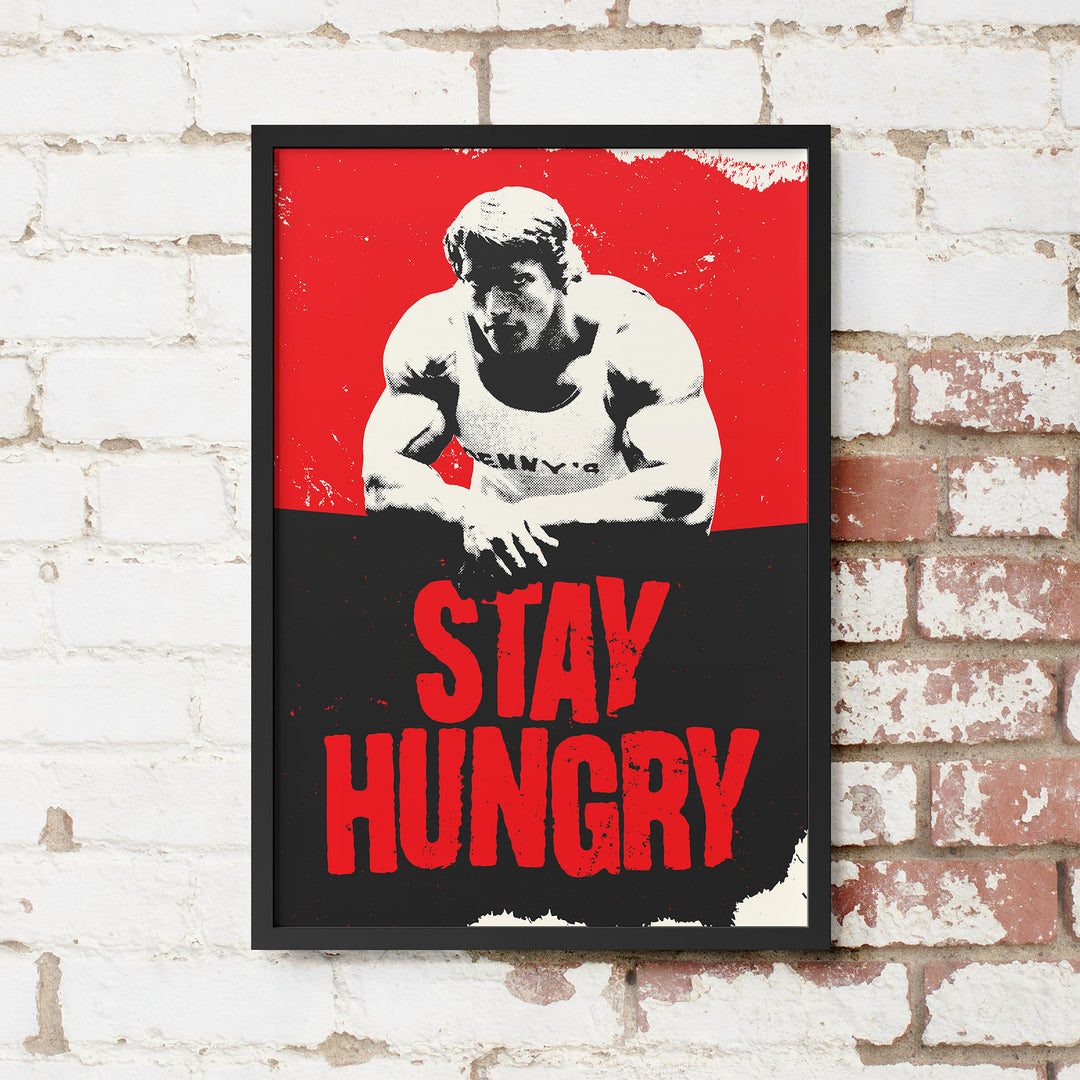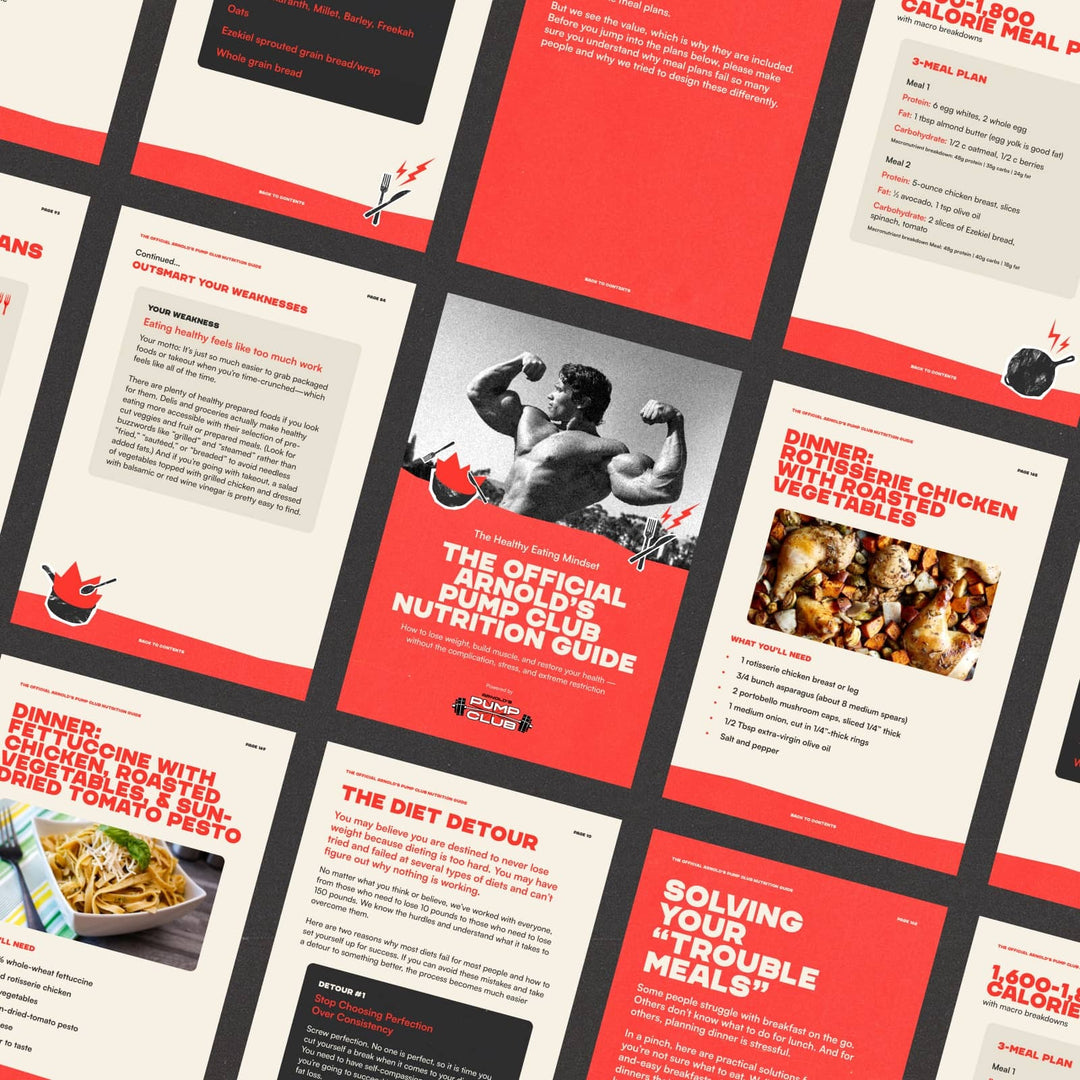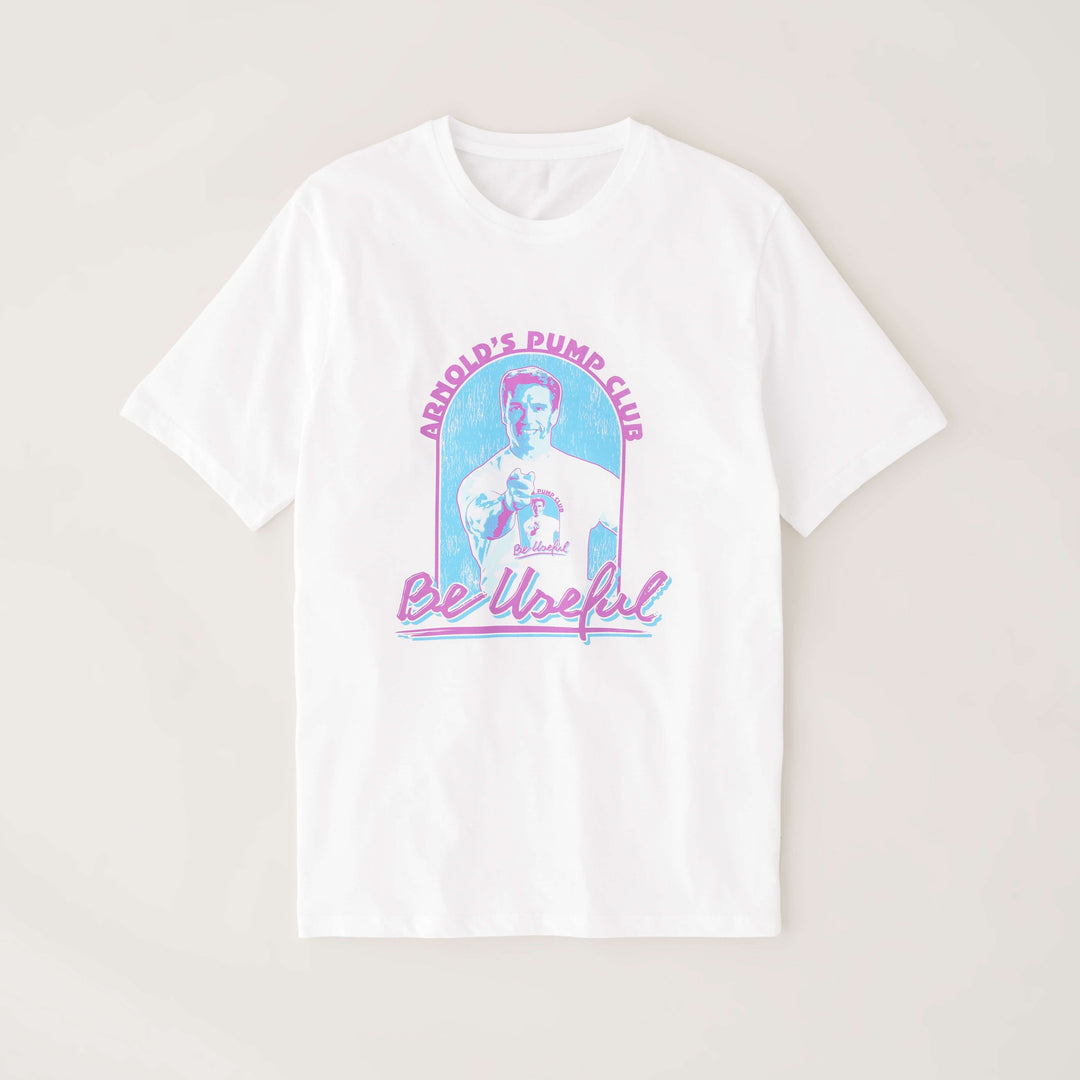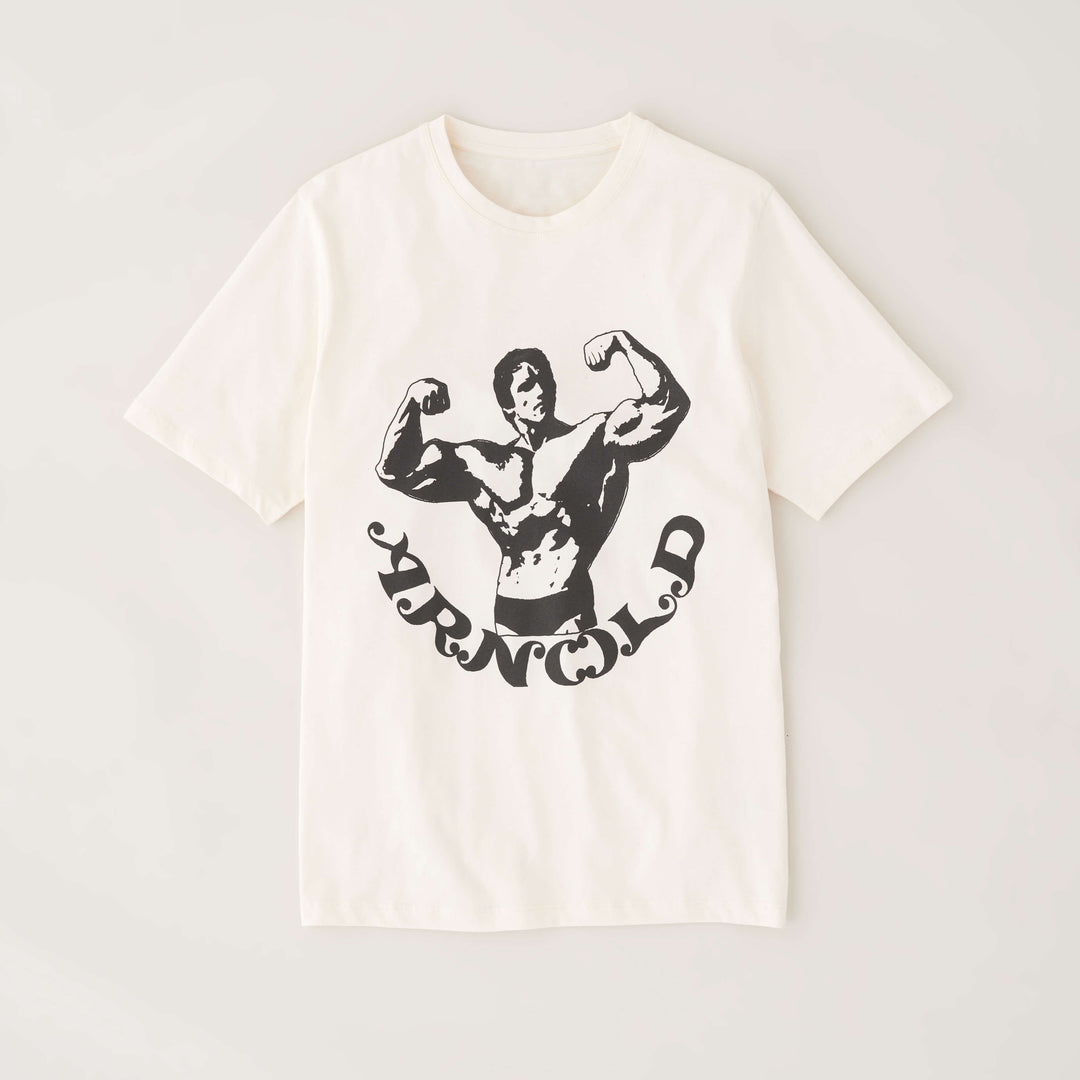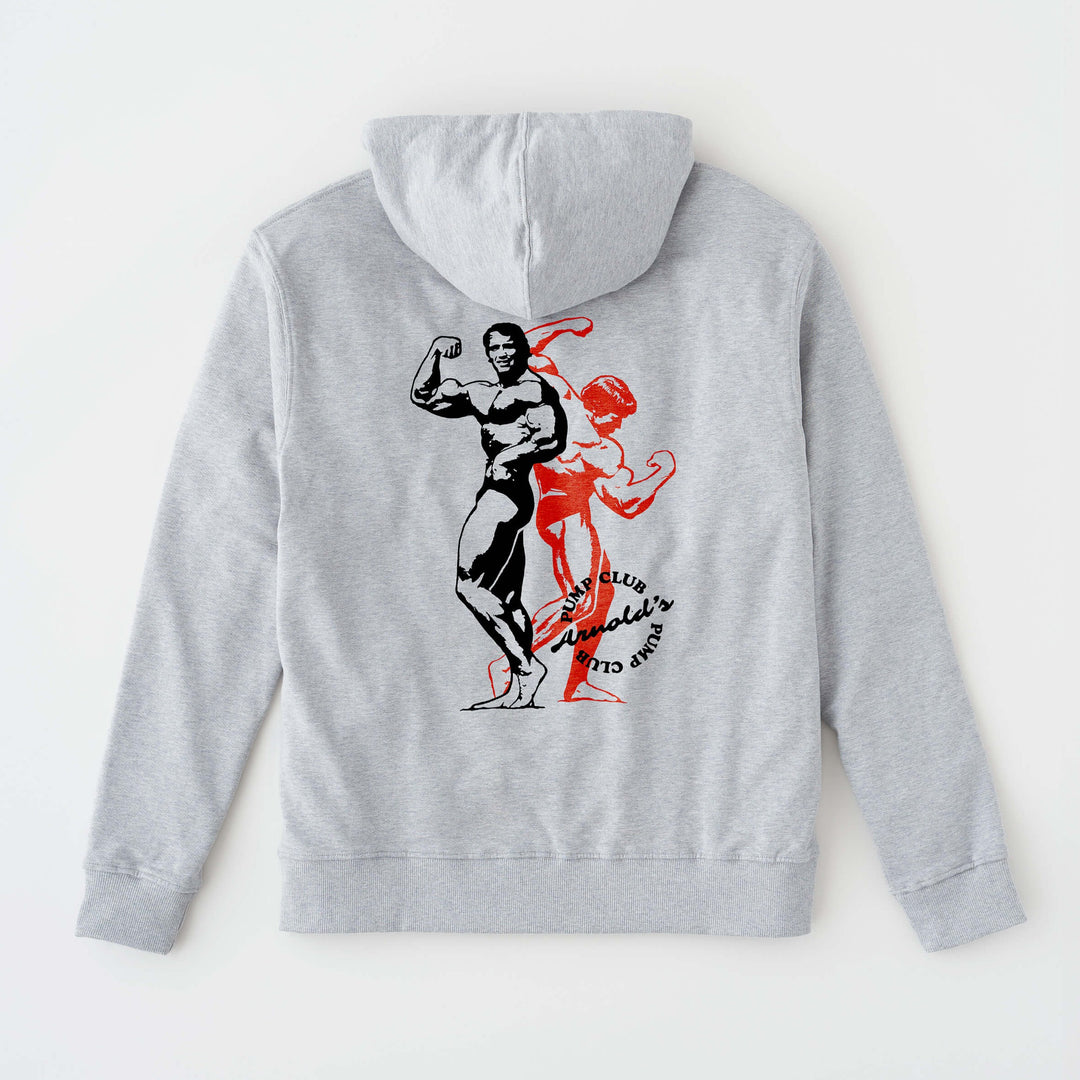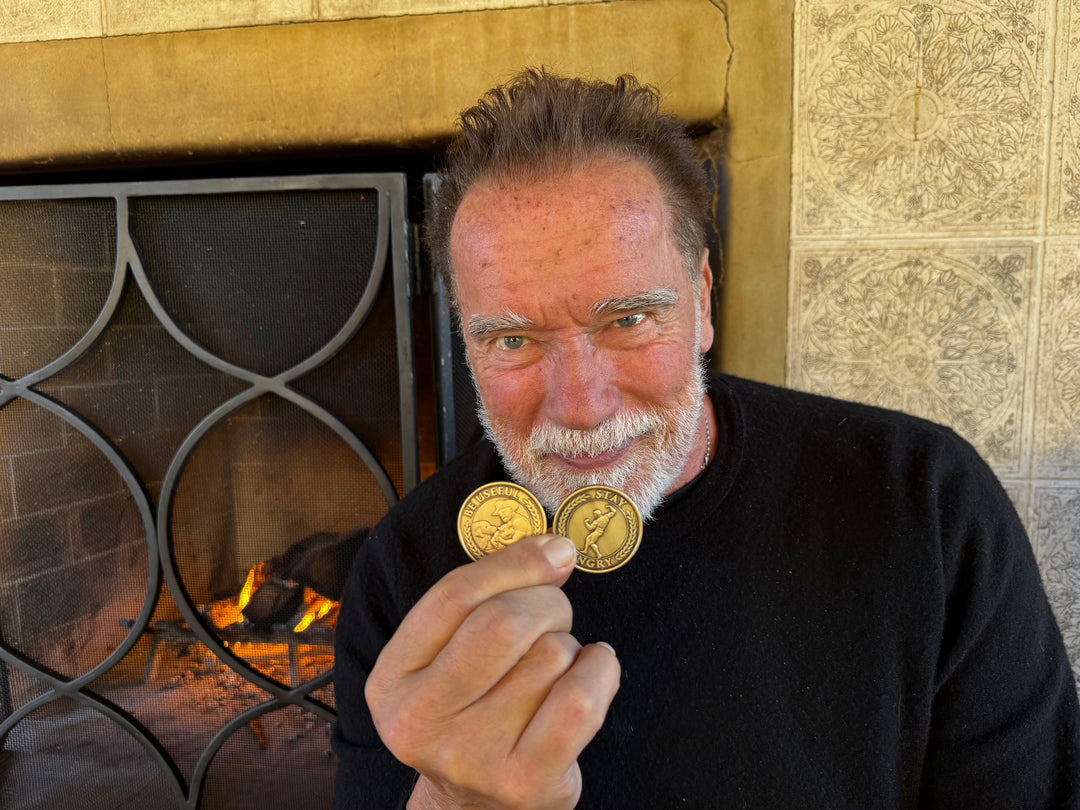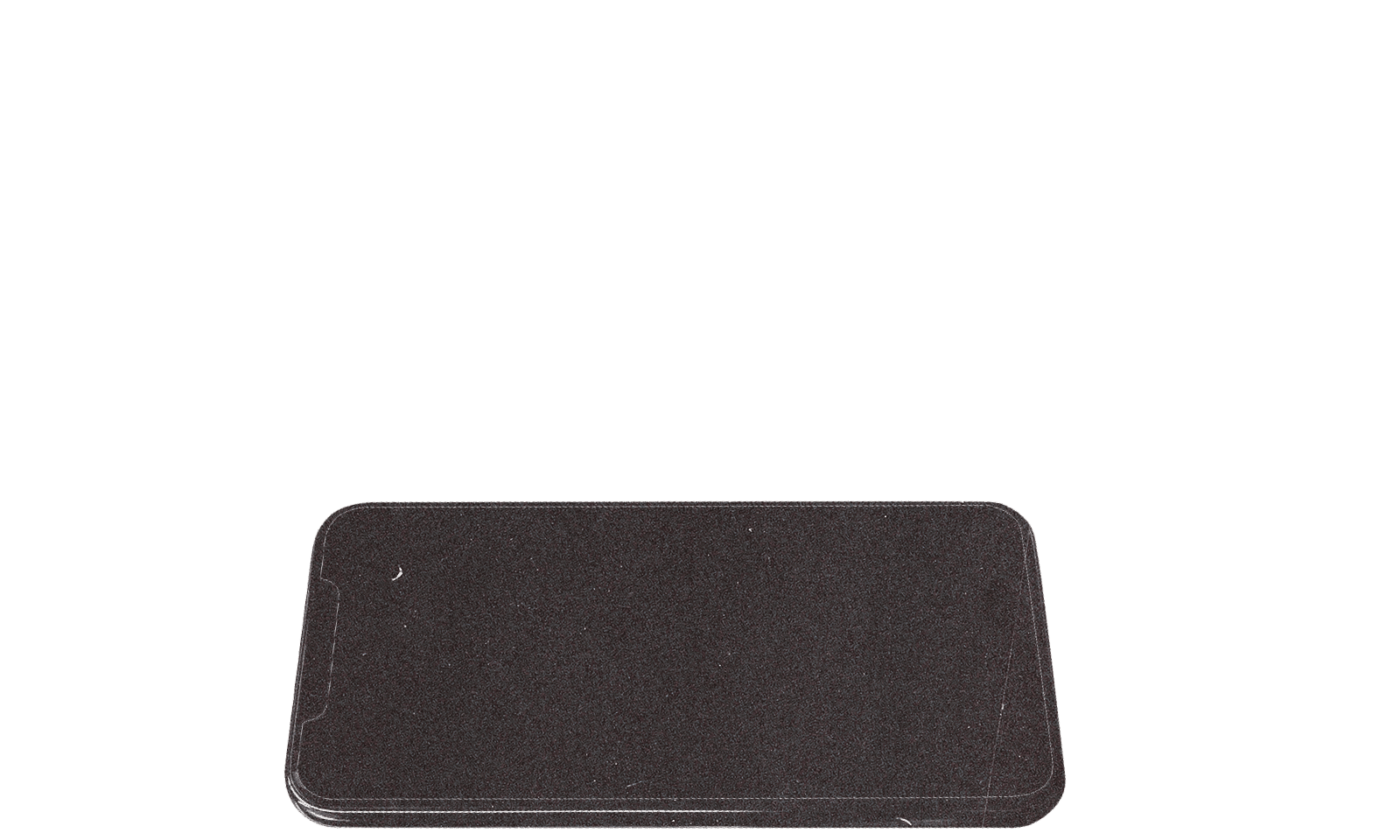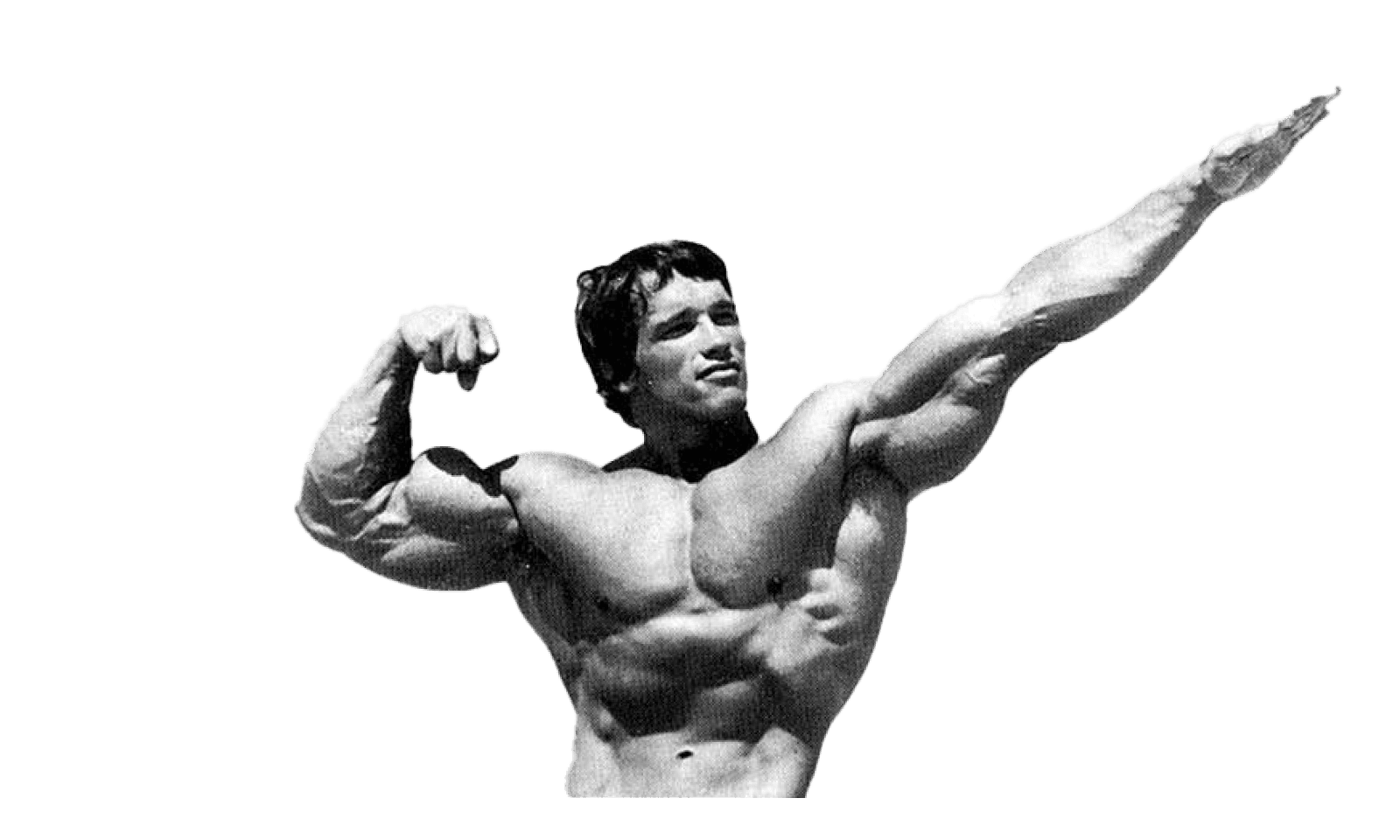Welcome to the positive corner of the internet. Every weekday, we make sense of the confusing world of wellness by analyzing the headlines, simplifying the latest research, and offering quick tips designed to make you healthier in less than 5 minutes. If you were forwarded this message, you can get the free daily email here.
Today’s Health Upgrade
The $1,000 home gym
The ancient art of blood pressure reduction
Can mindfulness change your body?
Arnold’s Podcast
Want more stories from Arnold? Every day, Arnold’s Pump Club Podcast opens with a story, perspective, and wisdom from Arnold that you won’t find in the newsletter. And, you’ll hear a recap of the day’s items. You can subscribe on Apple, Spotify, Google, or wherever you listen to podcasts.
Fitness
The $1,000 Home Gym
Each week, we share a free workout for all of you to try at home or your gym. The more plans we share, the more questions we receive about home gyms, equipment, and the best budget-friendly options.
We spoke with Cooper Mitchell (Coop), the creator of Garage Gym Reviews because he has helped millions of people build home gyms. His reviews are fantastic, and his passion for assisting people to find good options for their homes and budgets is something we respect.
Here are his recommendations for building a gym for $1,000 (or less). Keep these recommendations in mind during the upcoming holiday shopping season.
Barbell: No tool has gotten people more strong and fit than the almighty barbell. It’s considered the king of strength training tools because it can be incrementally loaded to more weight than you’ll need to lift, is incredibly versatile, nearly indestructible, and quite affordable. If you’re looking for a barbell on the lower end, go with something like this; if you want something that you can literally pass down to your grandkids, get this one.
Weight Plates (And Loadable Dumbbells): You’ve got your bar, but you need some weight to put on the end. This can get expensive quickly depending on what type of plates and how much weight you want. But to start, these basic, old-school iron plates can work and then just build up over time. Another benefit is you can throw these on inexpensive loadable dumbbells for things like rows, shoulder raises, or an Arnold favorite, concentration curls.
Squat Rack: A squat rack is not required, but it adds a lot of variety to the exercises you can safely perform at home. Although I love the squat racks with every attachment possible, they’re unnecessary. This $250 squat rack survived me dropping 700+lb on it (see video here) and is still used to this day. It also includes a pull-up bar as an added bonus.
Weight Bench: With the above three items, you could easily become the fittest person on your block, but a bench is the final piece to pull it all together. This $100 bench isn’t my top all-time pick, but for the price, it meets all the specs of higher-end benches in a lighter-weight design.
Health
The Ancient Art of Blood Pressure Reduction
Heart disease is the leading cause of death worldwide, and high blood pressure plays a significant role. One of the most common treatments for high blood pressure is added cardio. But before you start your treadmill workouts, another type of exercise might be even more effective.
Research suggests that tai chi may be better at improving your blood pressure than aerobic exercise.
Tai chi is a low-impact exercise that may be particularly effective for reducing systolic blood pressure. It uses many static poses and allows the body to move while slowly strengthening muscles and tendons.
Static holds are similar to isometric exercises like wall squats, which increase the body's nitric oxide levels, dilating blood vessels and reducing blood pressure. Tai chi may also lower blood pressure by stimulating the stress-relieving (parasympathetic) portion of the nervous system, a feature it shares with activities like yoga and meditation.
If you have high blood pressure, it might be worth a trial, even if you’re skeptical about Tai Chi. Another study found that tai chi improved quality of life, general health, bodily pain, vitality, social functioning, mental health, physical health, and emotional health.
Healthy blood pressure is considered systolic pressure (the top number) of less than 120 and diastolic pressure (the bottom number) of less than 80. Other methods for lowering blood pressure include weight loss, consistent exercise, lowering stress, cutting down on excess salt, and focusing on more than 7 hours of sleep per night.
Nutrition
Can Mindfulness Change Your Body?
Mindfulness might be the key to achieving your health goals — but not in the way you’d think.
A recent study suggests mindfulness isn’t just for mental health—it can support healthier body composition, less body fat, and better weight management.
By reviewing data from 26 studies and thousands of participants, researchers aimed to determine if a mindful approach to health — such as meditation — could have a meaningful impact on weight, BMI, and waist circumference.
On average, mindful eaters lost seven more pounds than those who just dieted. More impressively, those who practiced mindfulness were more likely to keep the weight off more than two years later.
Mindfulness is a practice where you pay close attention to your feelings, experiences, and sensations without judgment. It’s often misunderstood as allowing you to eat whatever you feel like, when — in reality — it’s about processing your emotions and thoughts to understand better your actions and how they truly make you feel.
Participants who engaged in mindful eating reported fewer episodes of emotional eating, reduced cravings, and a better ability to recognize true hunger signals. This awareness led to more sustainable and healthier eating behaviors, contributing to weight loss and improved body composition.
If you want a place to start, before you eat a meal, take the time to ask yourself if the food you’re eating is serving your needs and your goals. And then, when you eat, make sure you take the time to slow down, chew, and be present. Remember, tool #4 is to take 20 minutes to eat a meal, which can help you eat much less.
Sometimes, it’s not what you choose to eat but how quickly you eat it that can lead to consuming more than you want or need.
—
Publisher: Arnold Schwarzenegger
Editors-in-chief: Adam Bornstein and Daniel Ketchell




